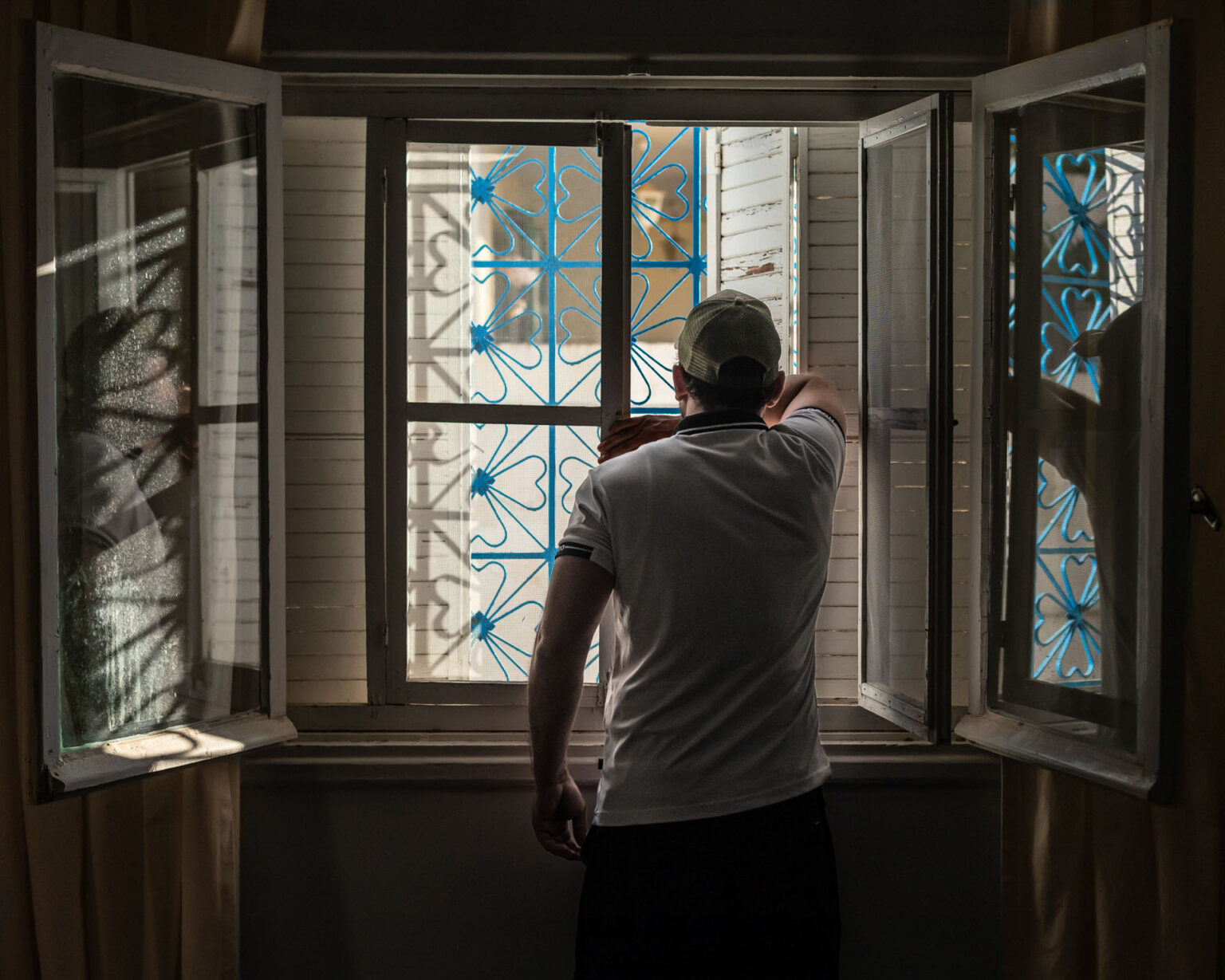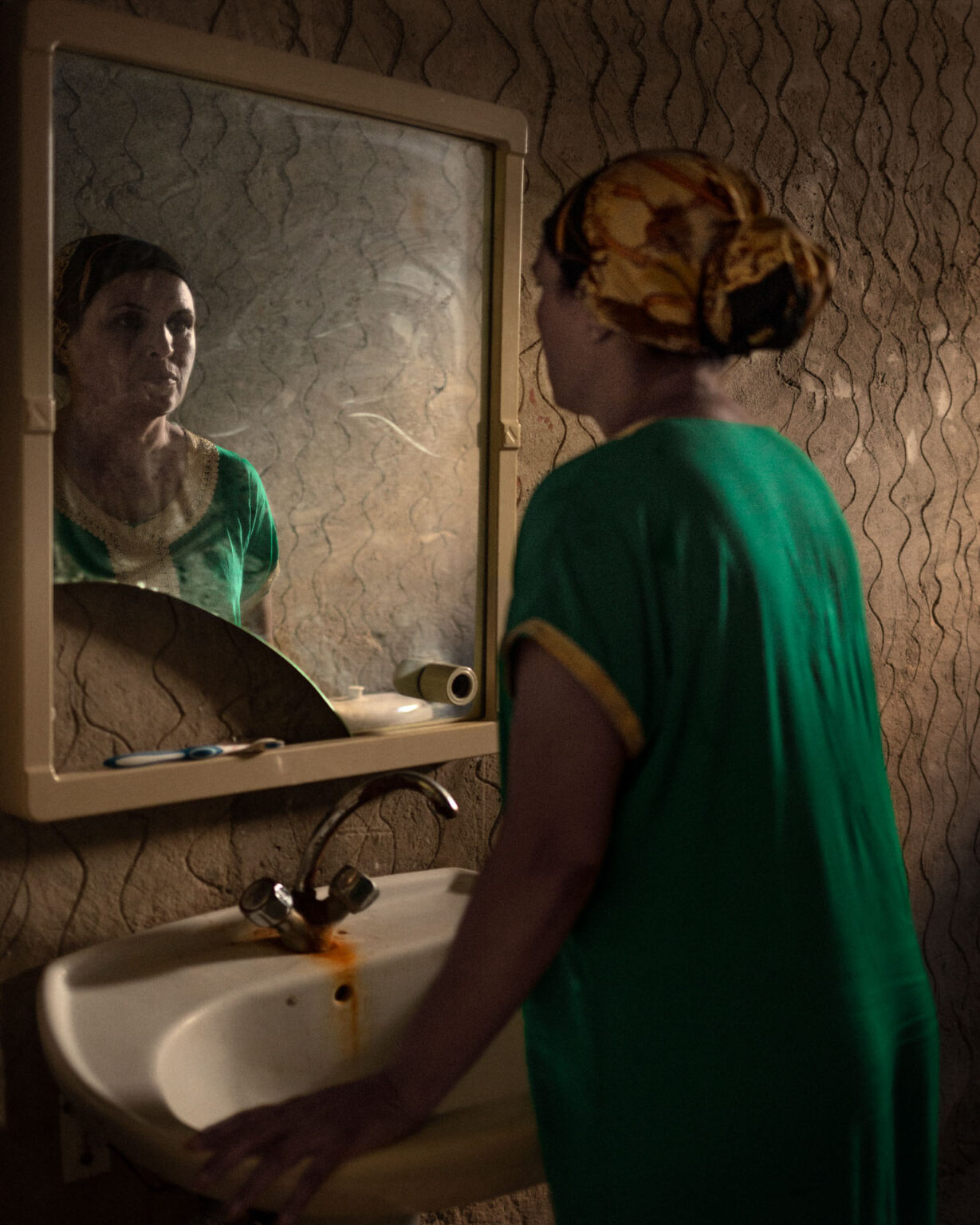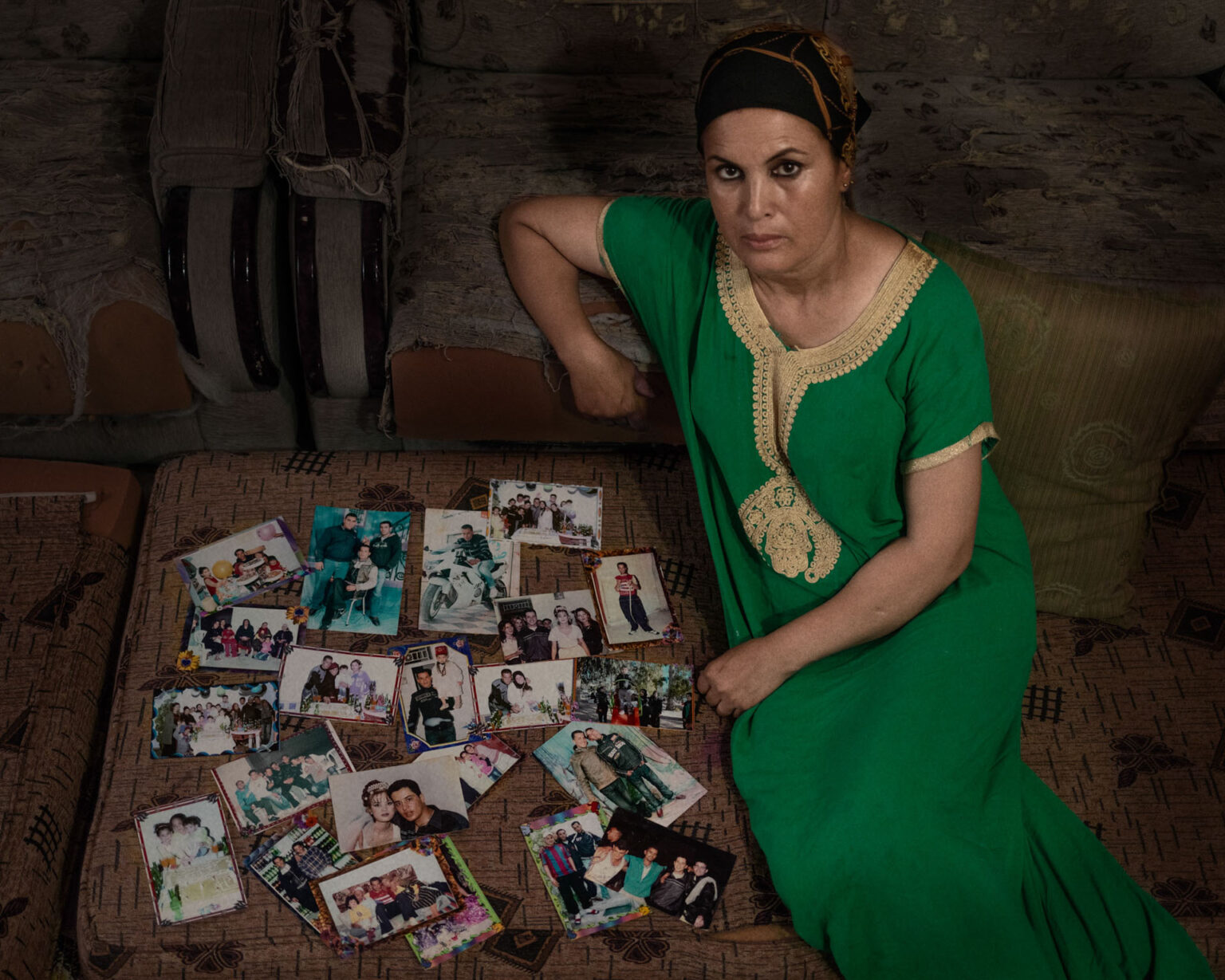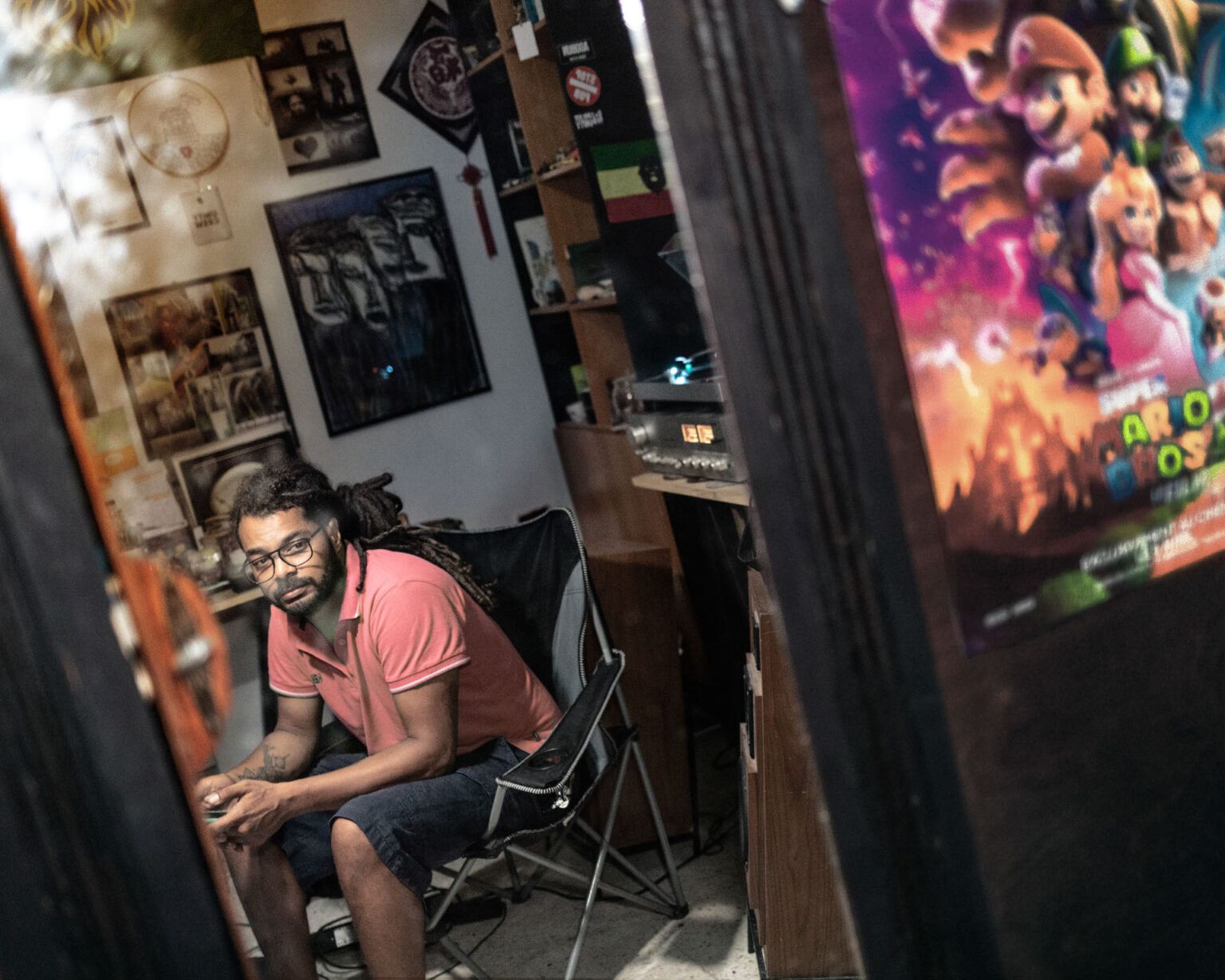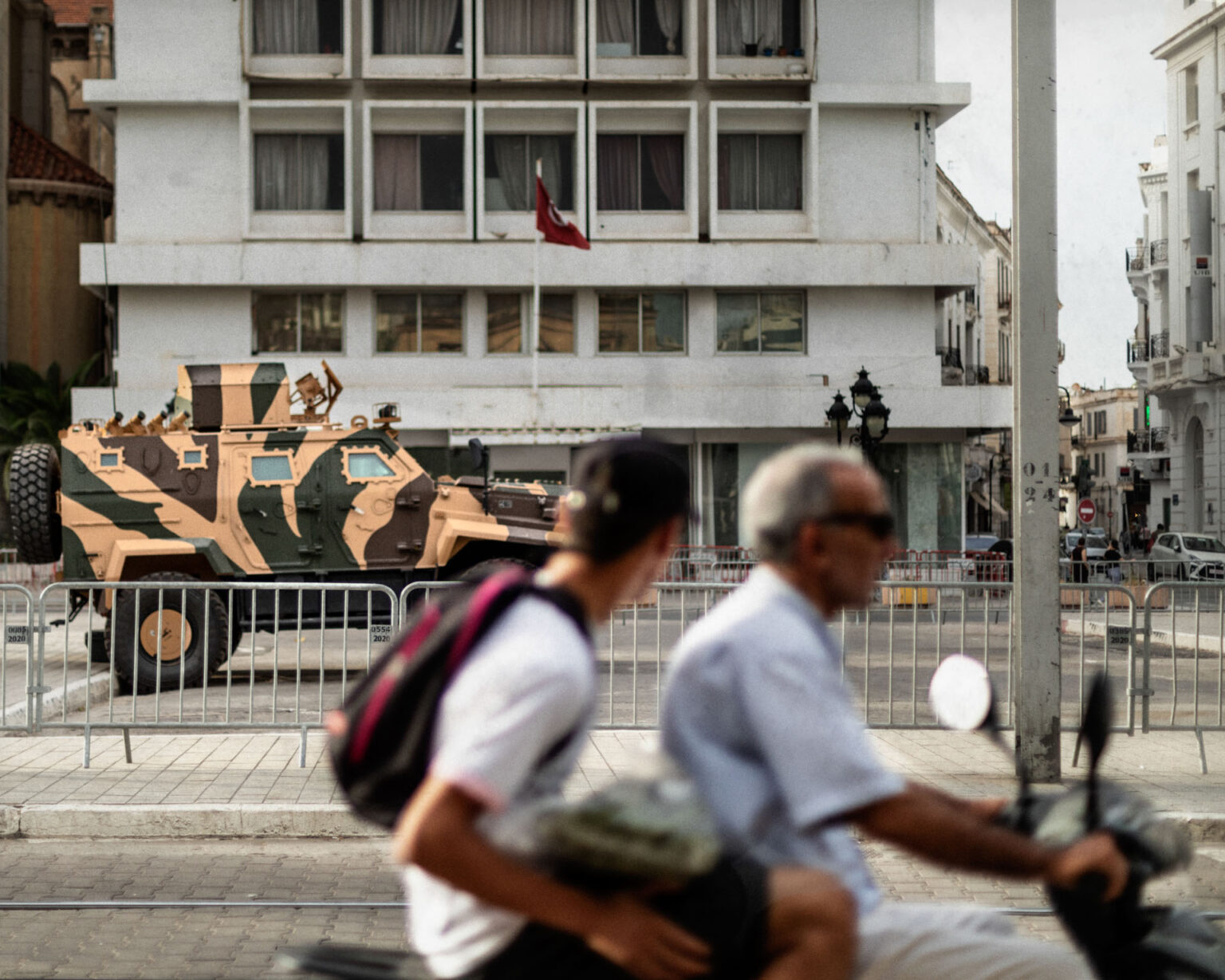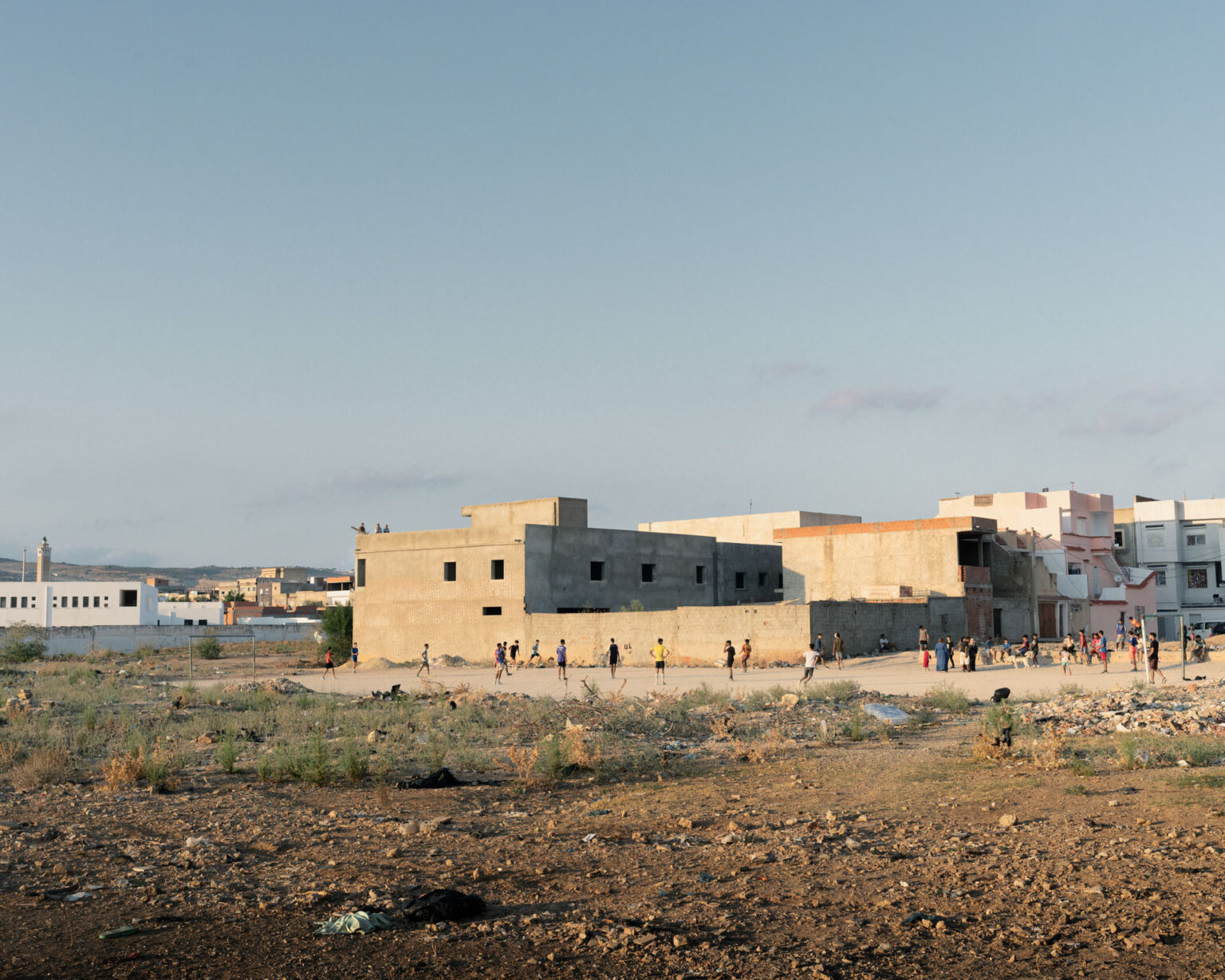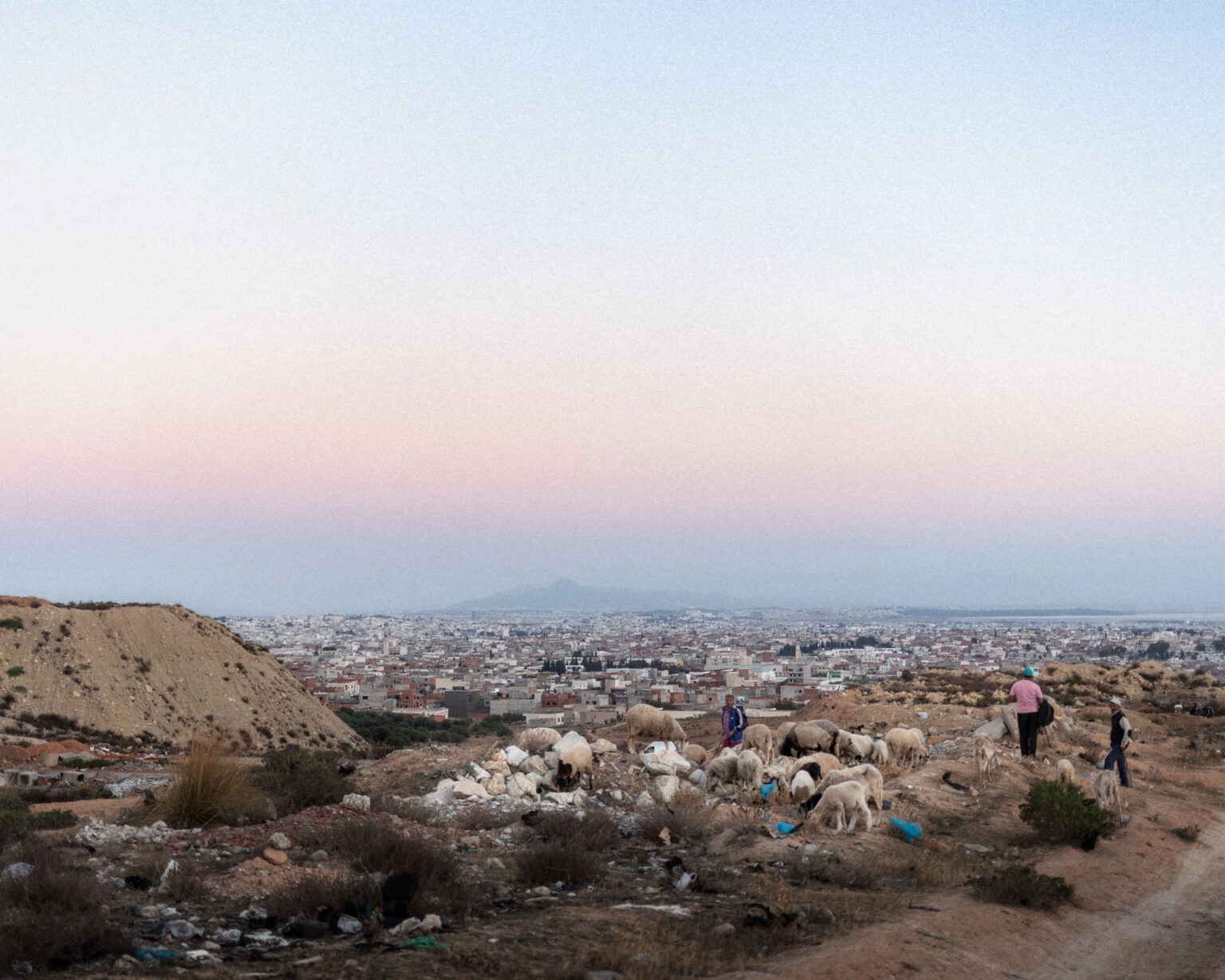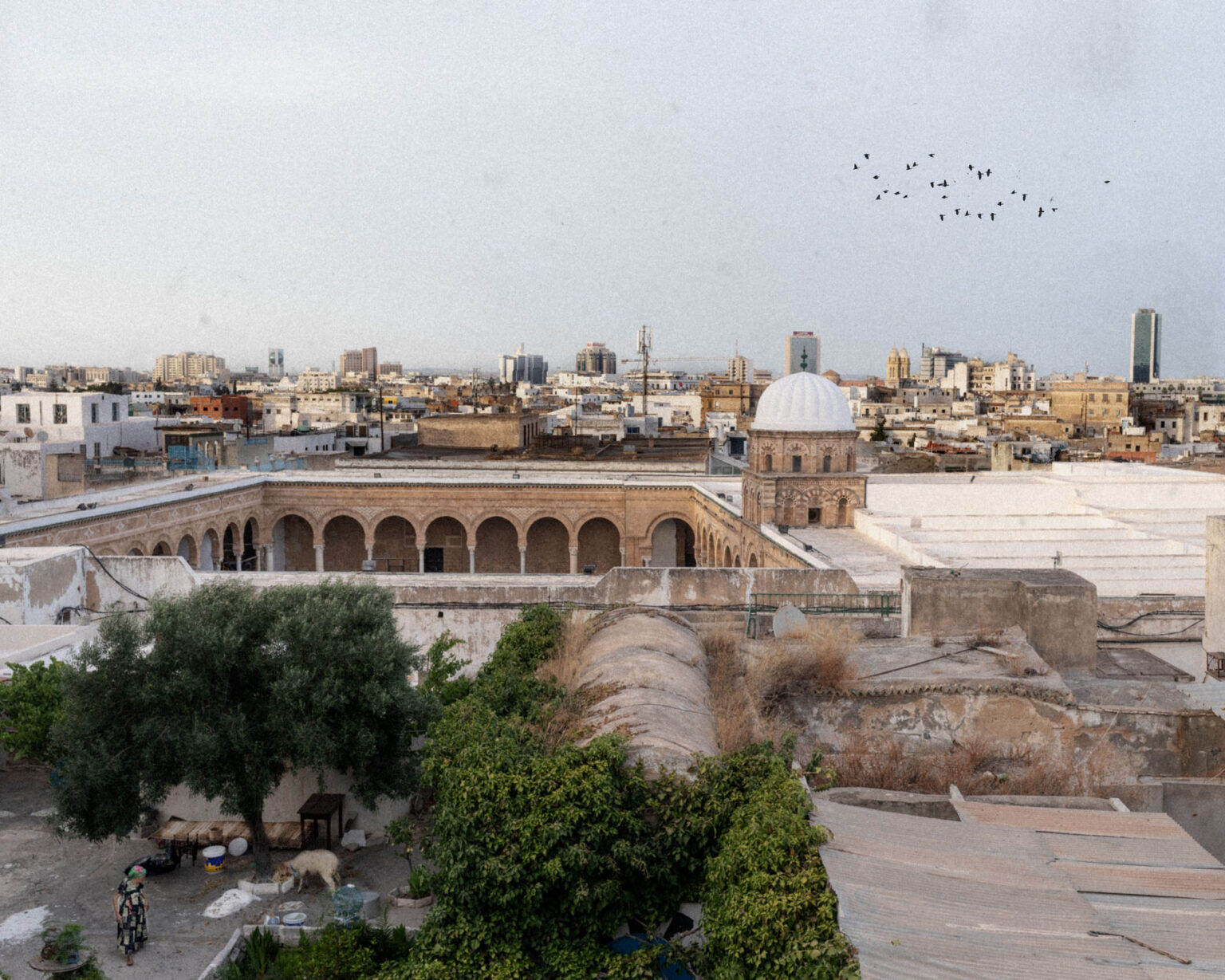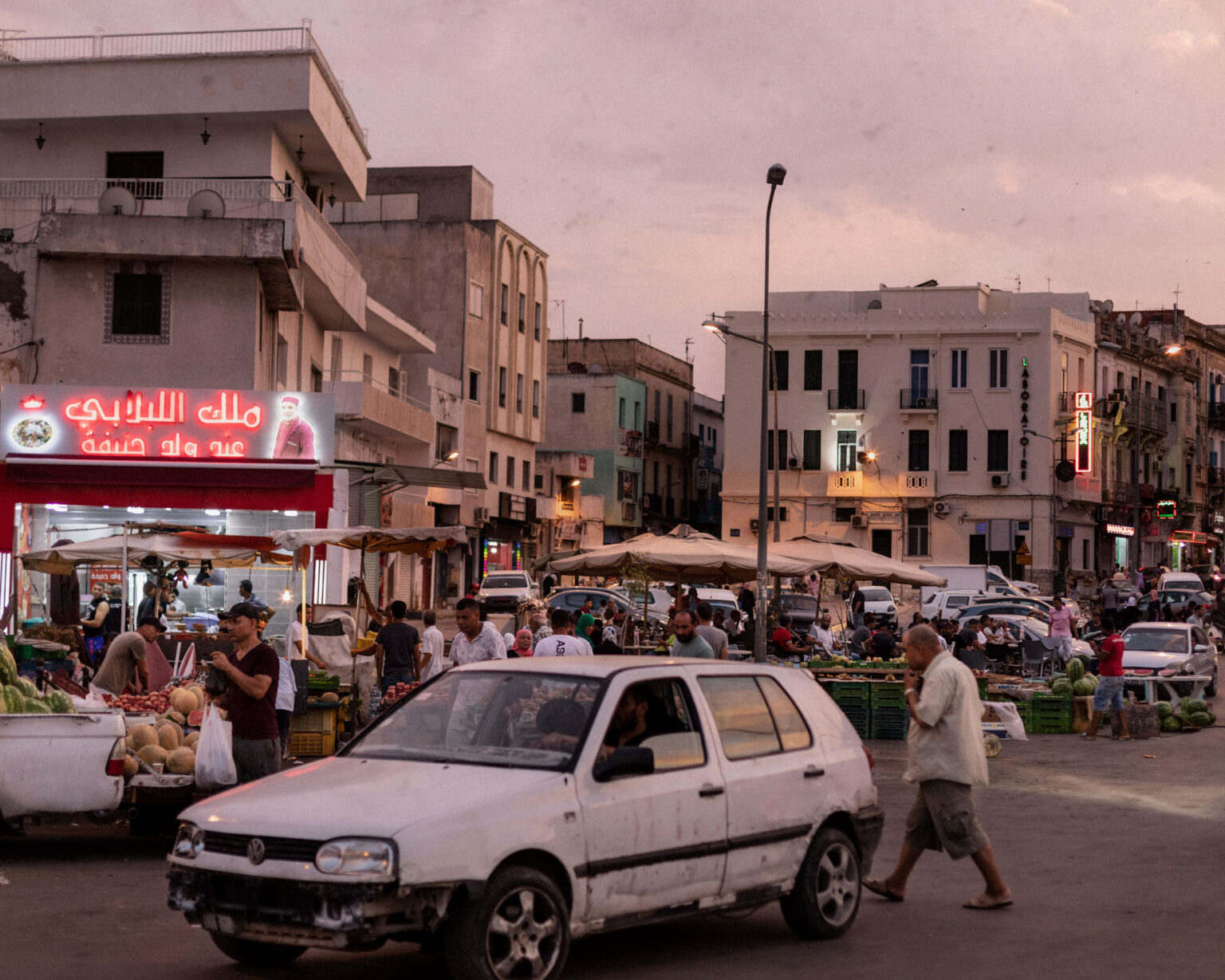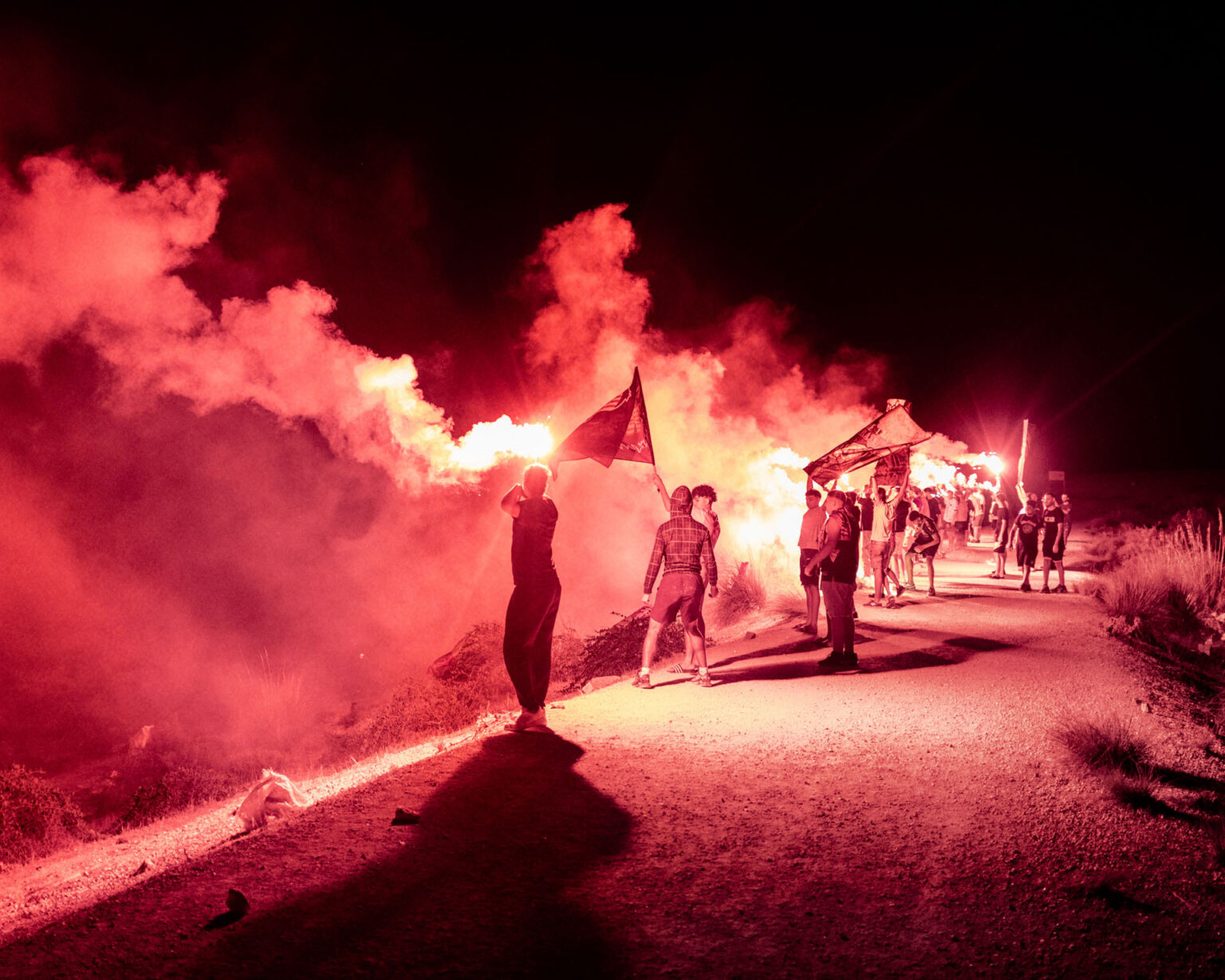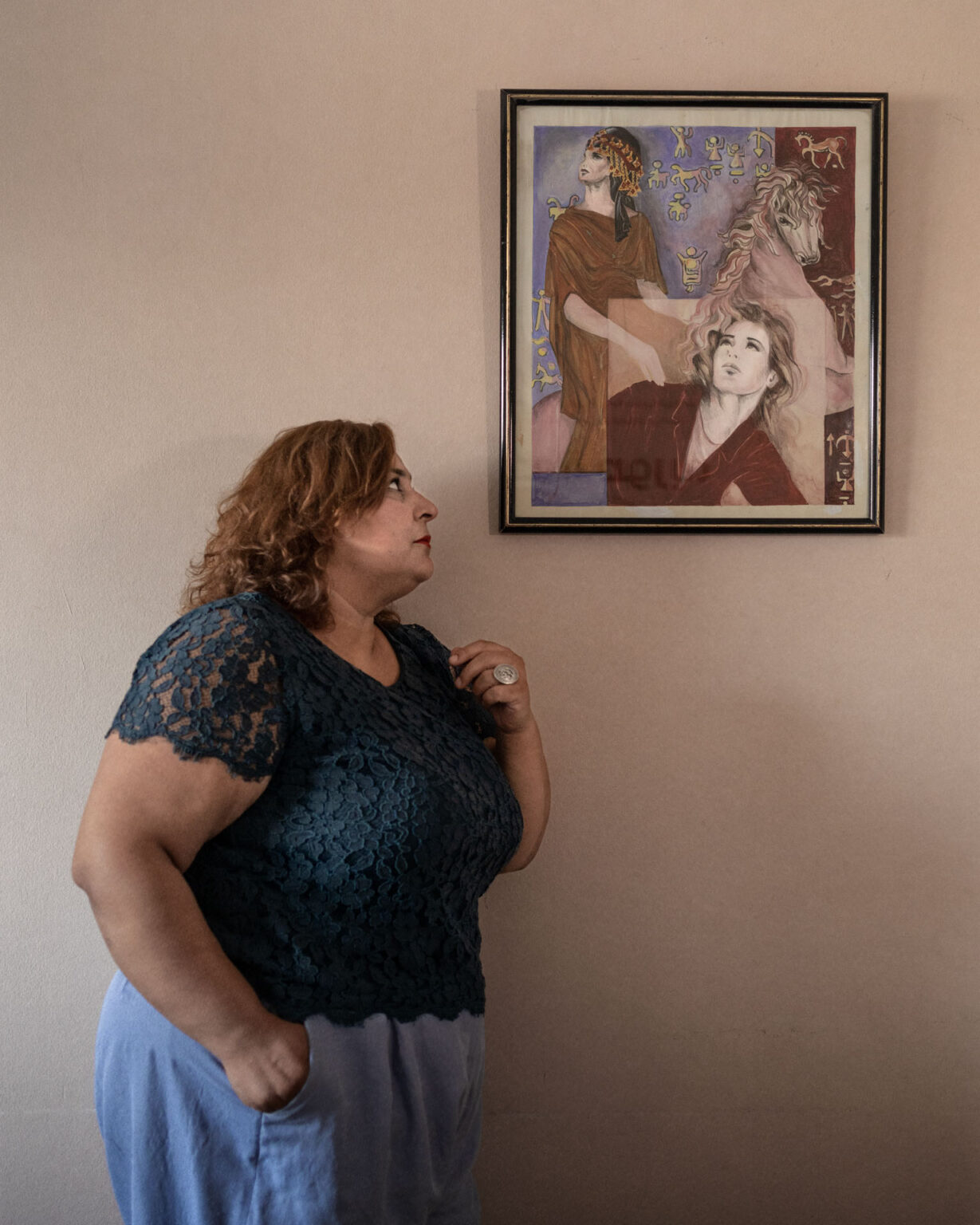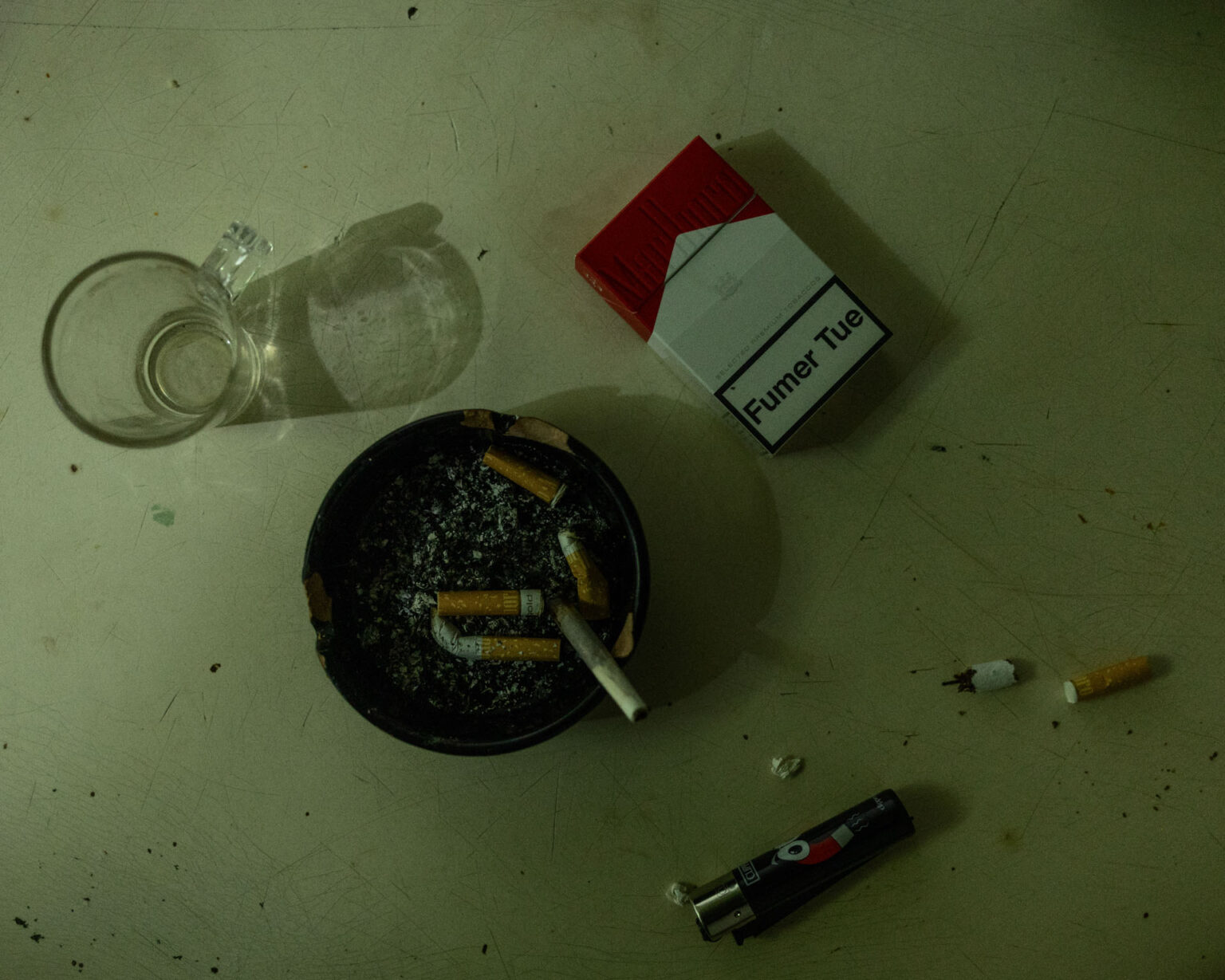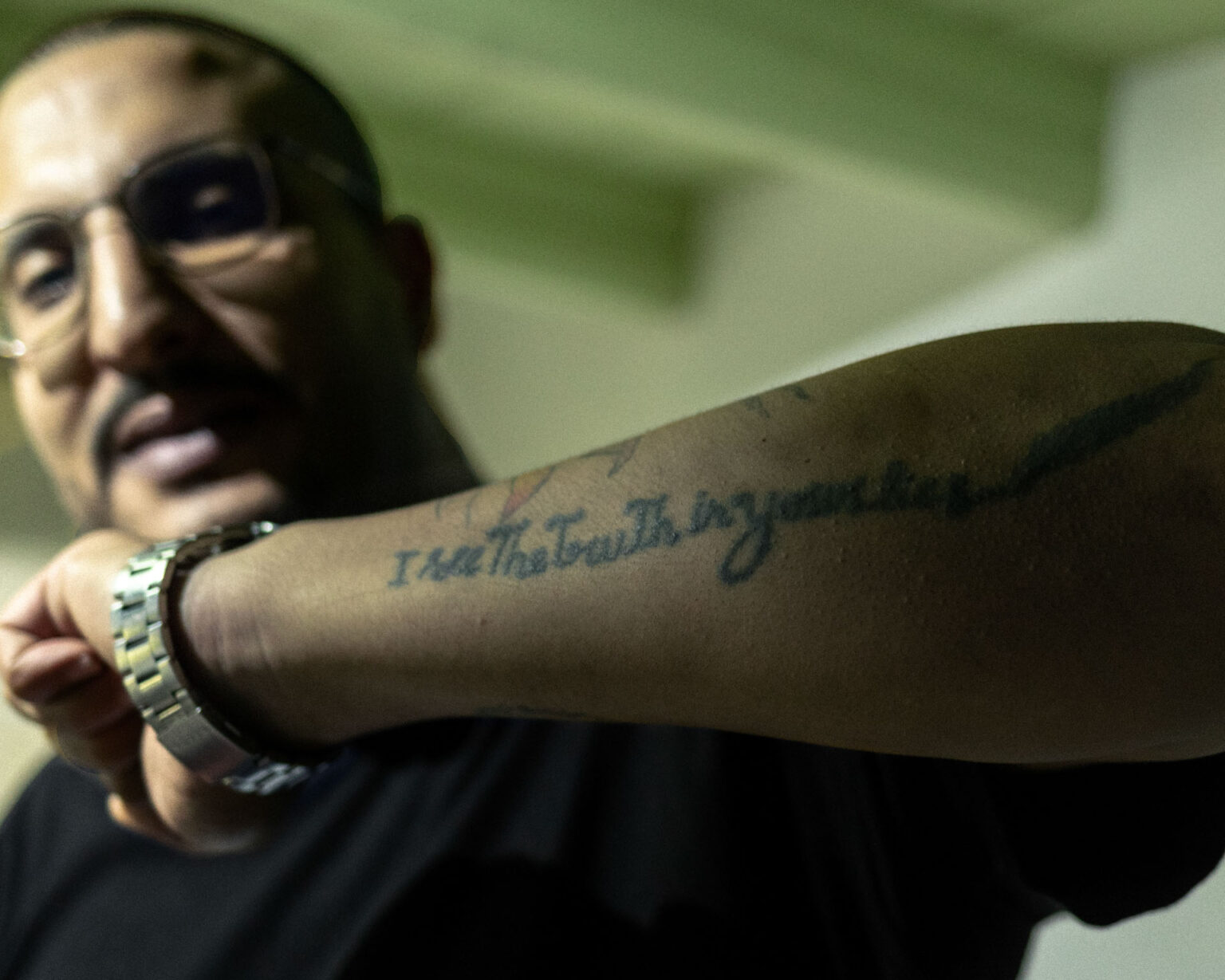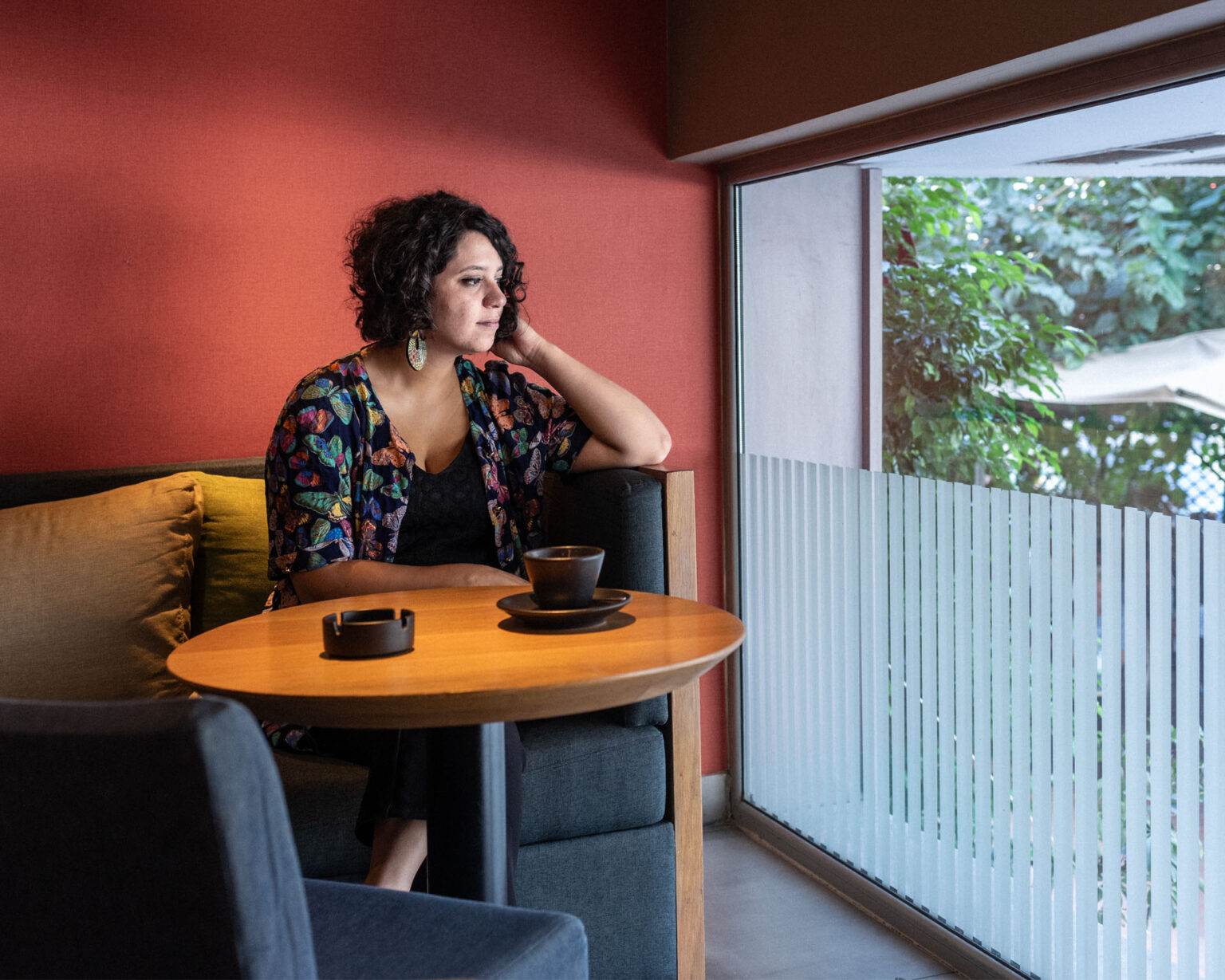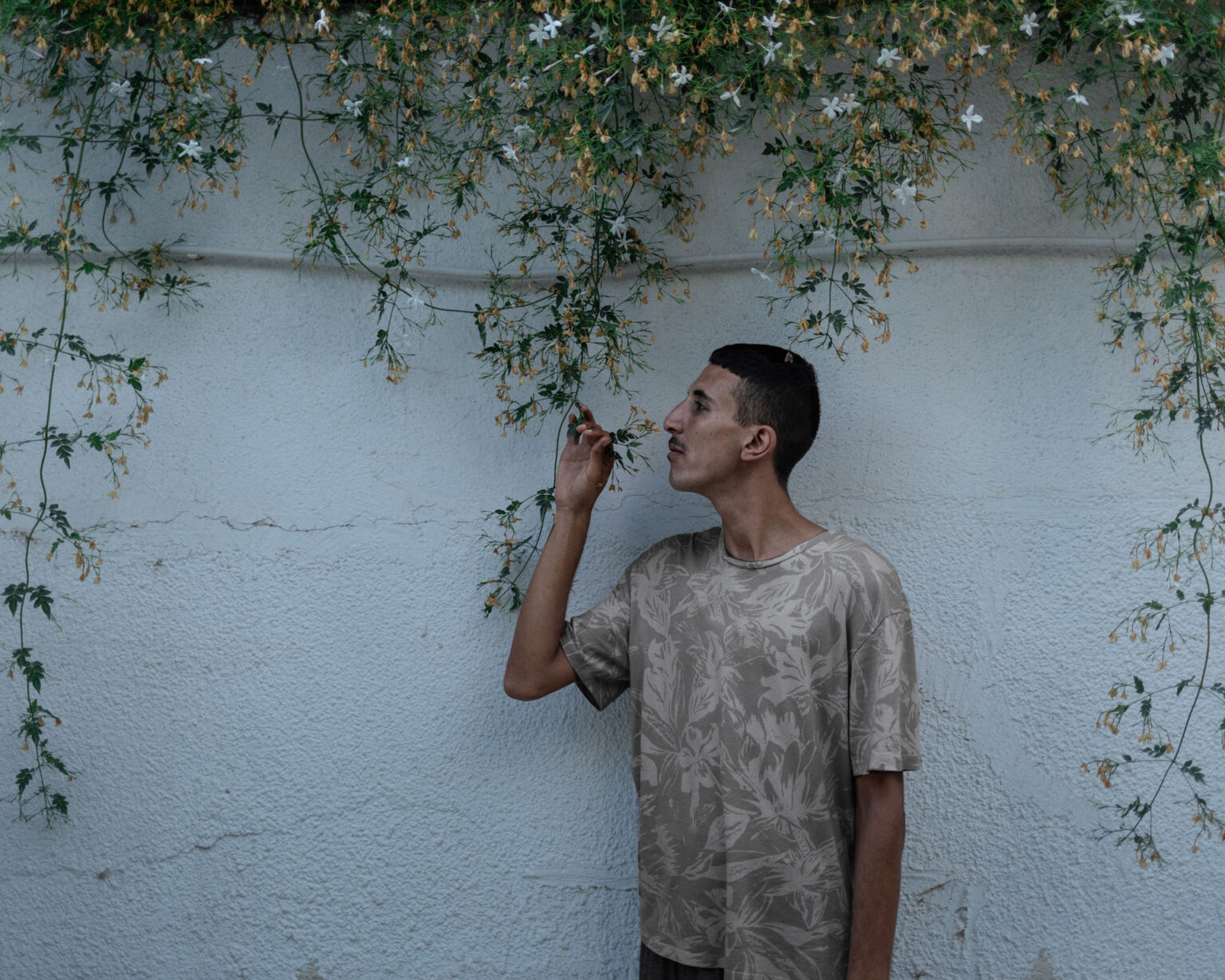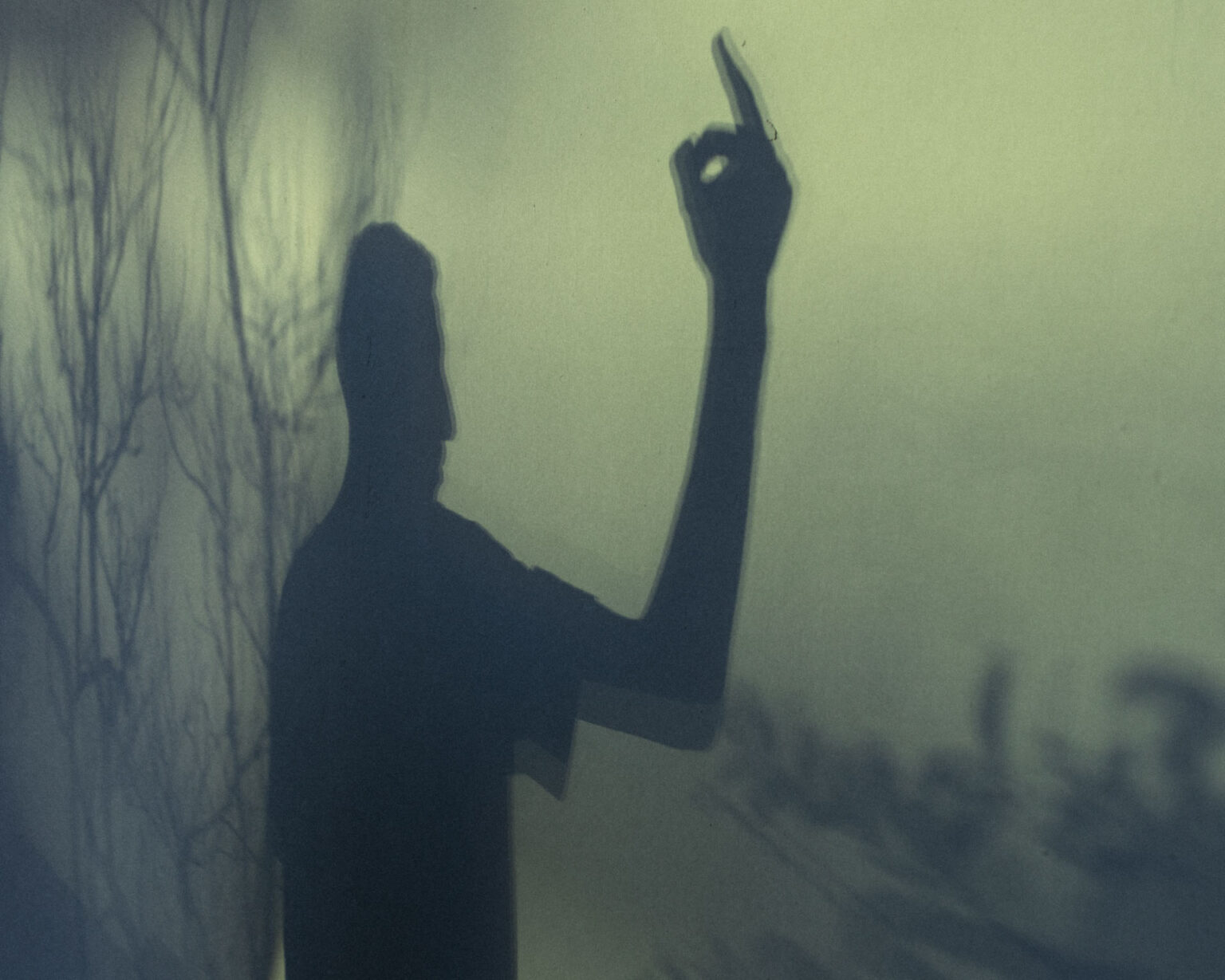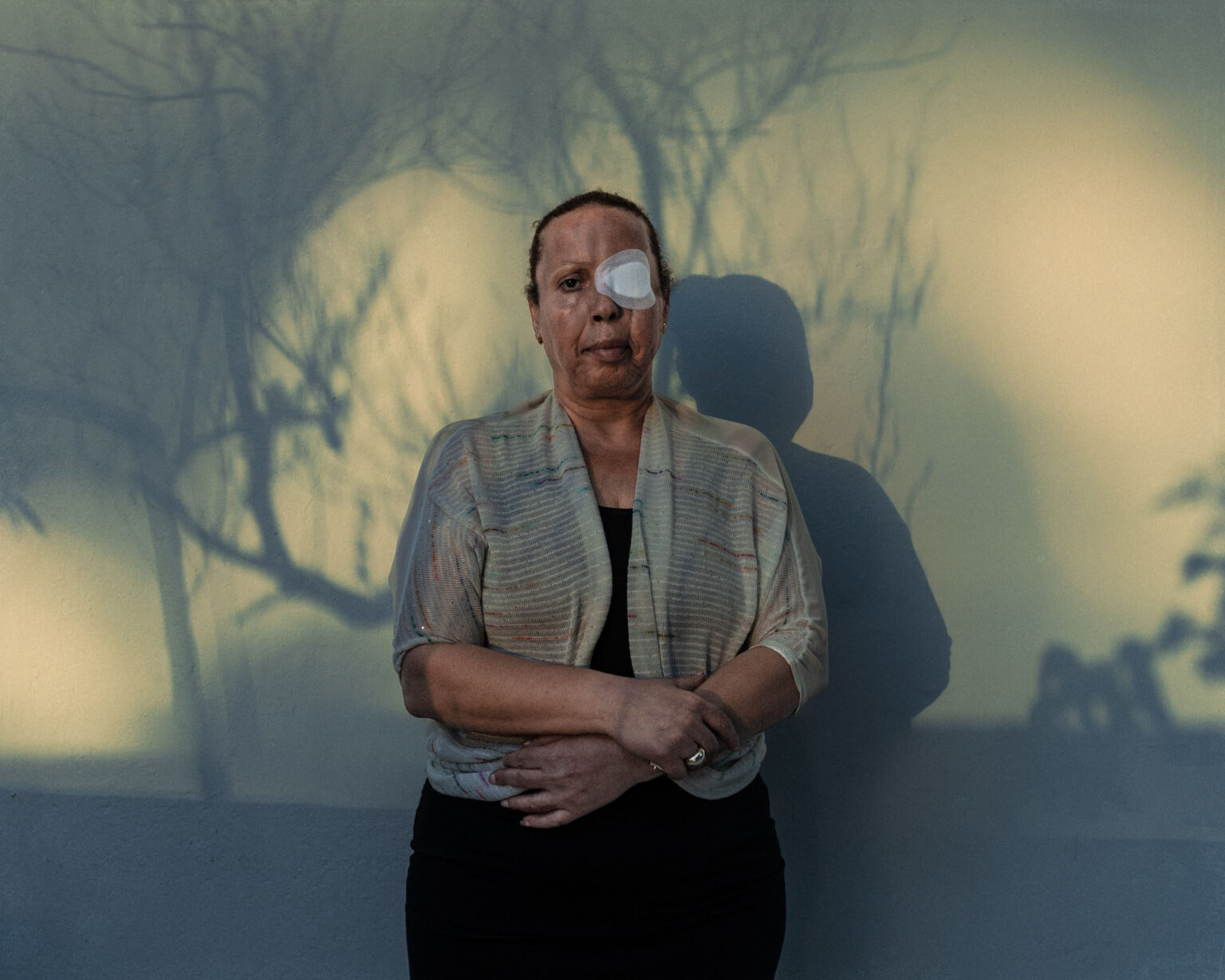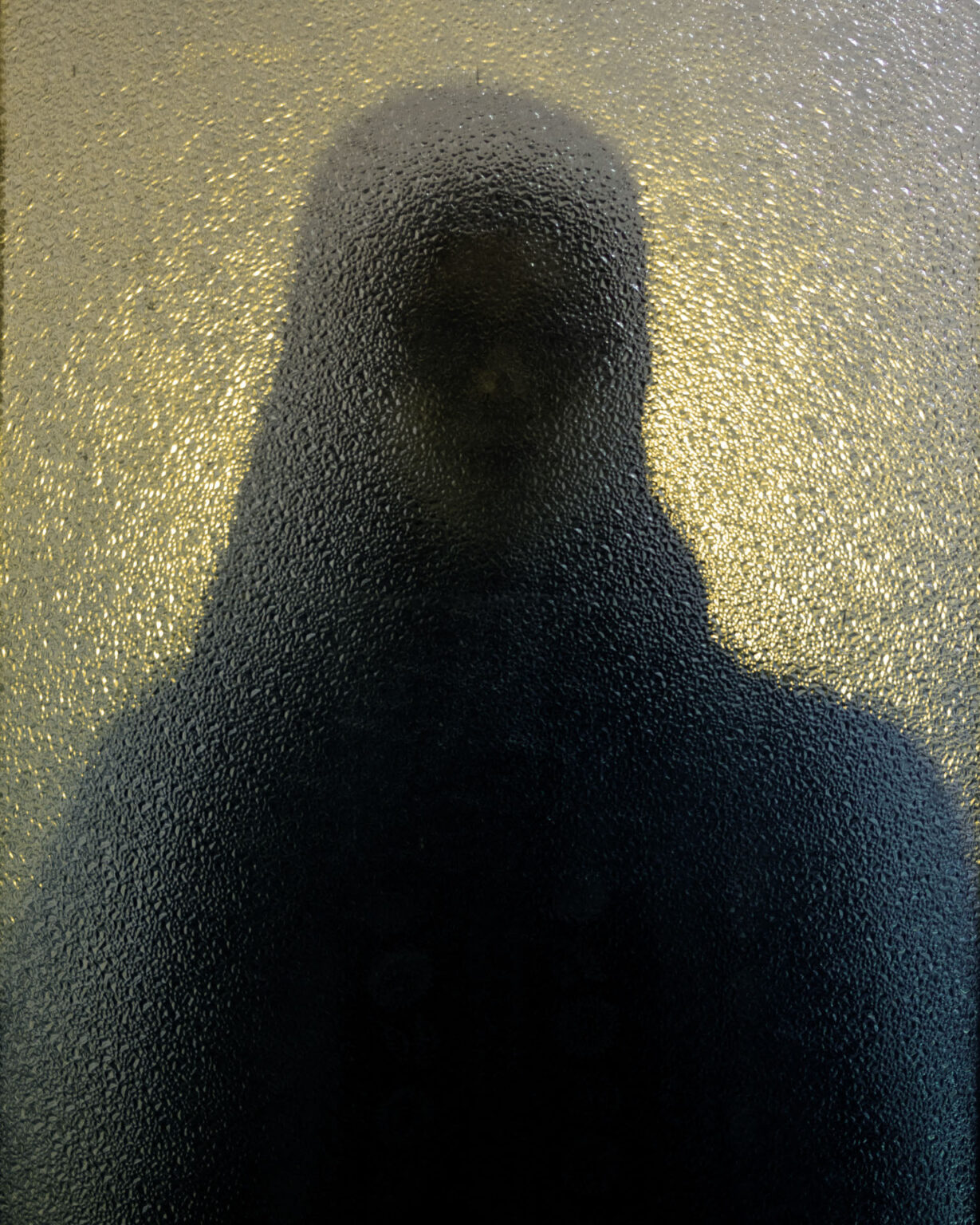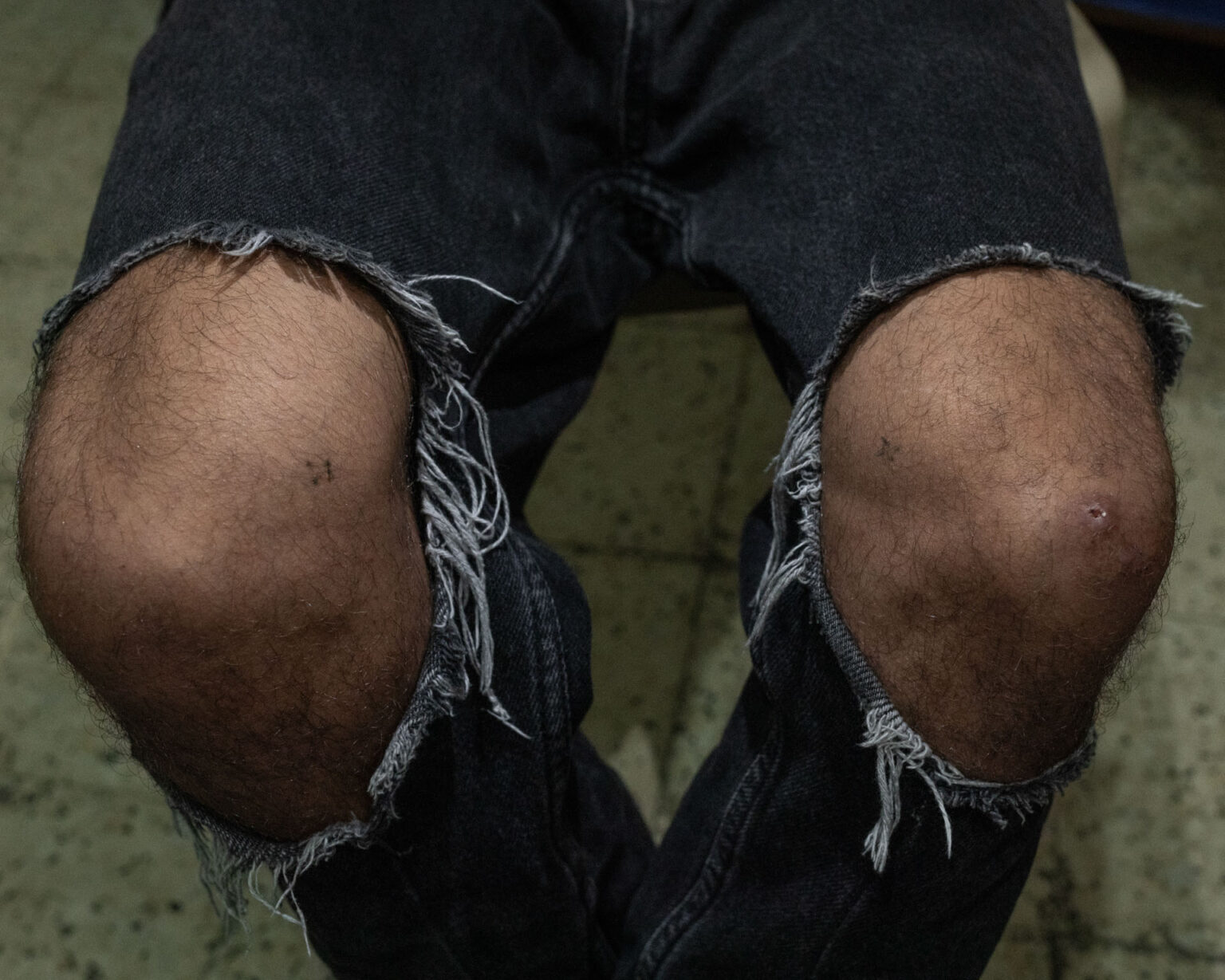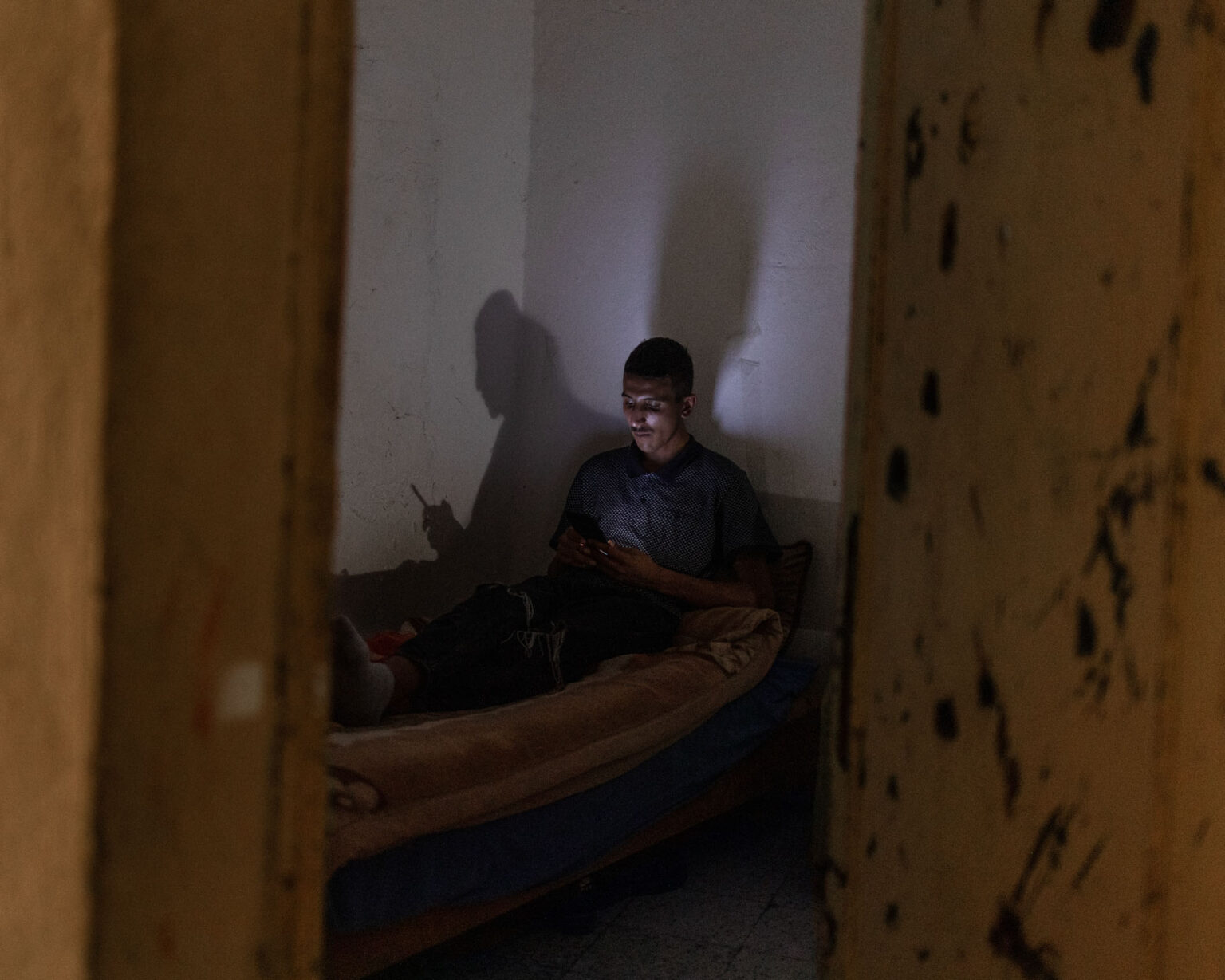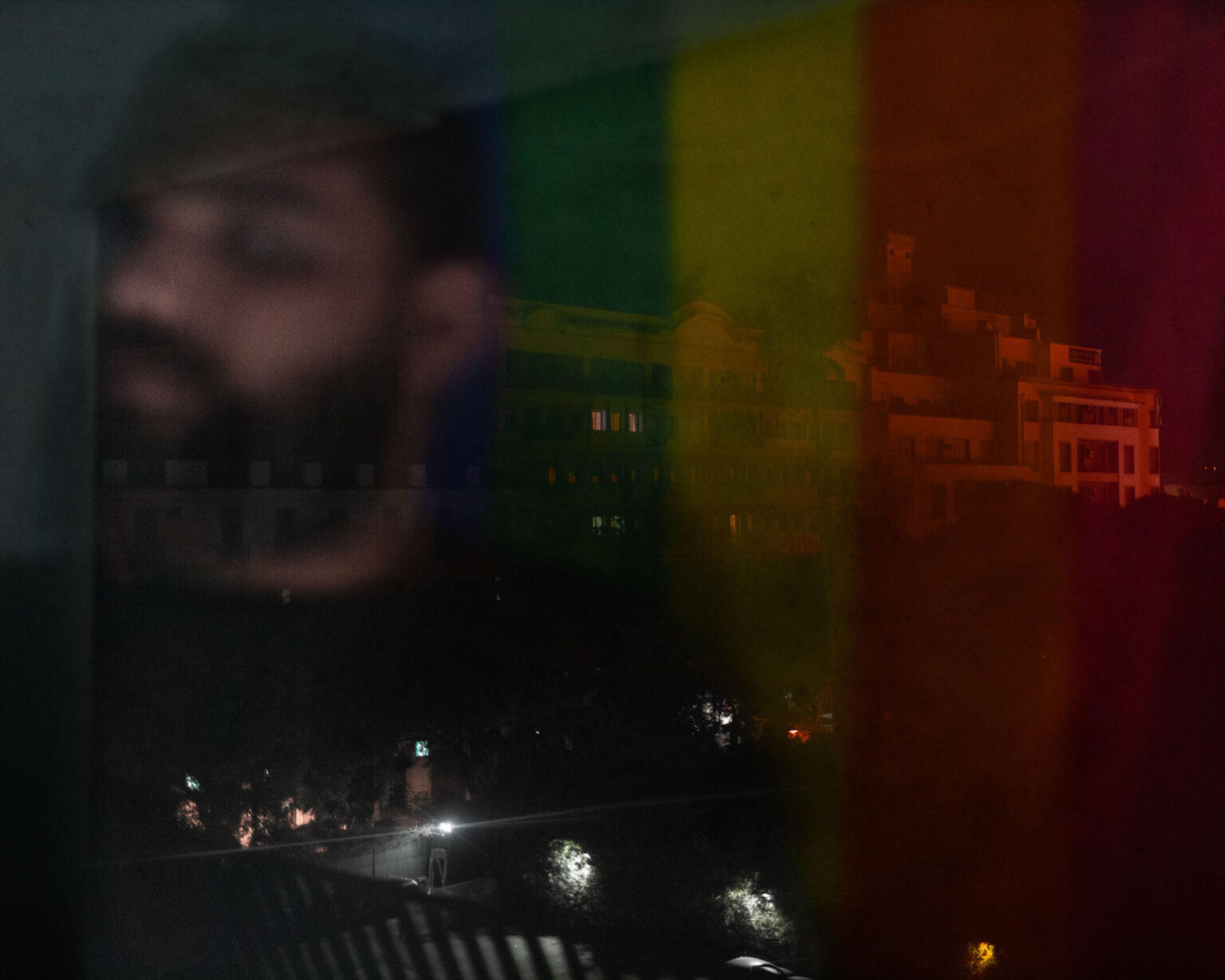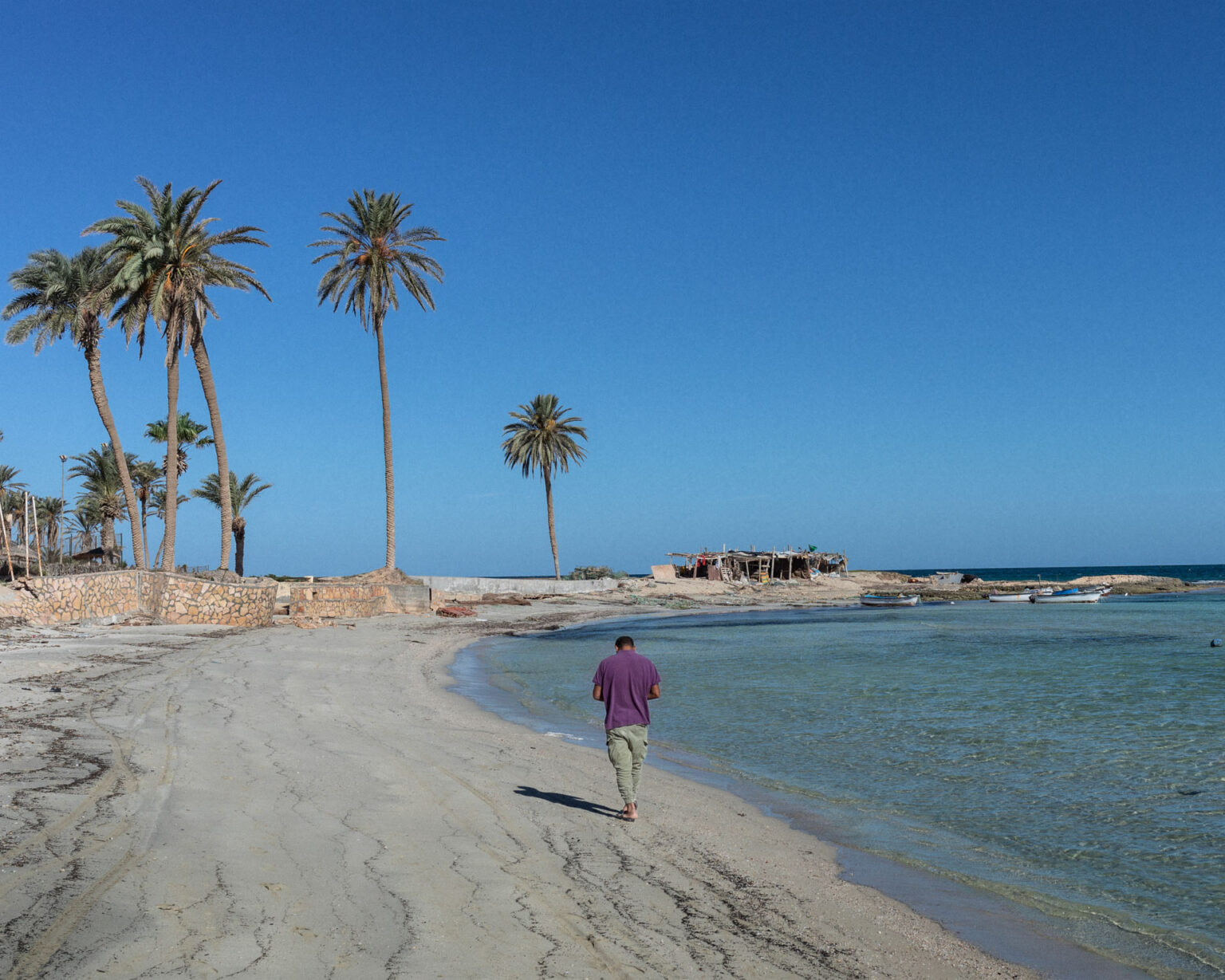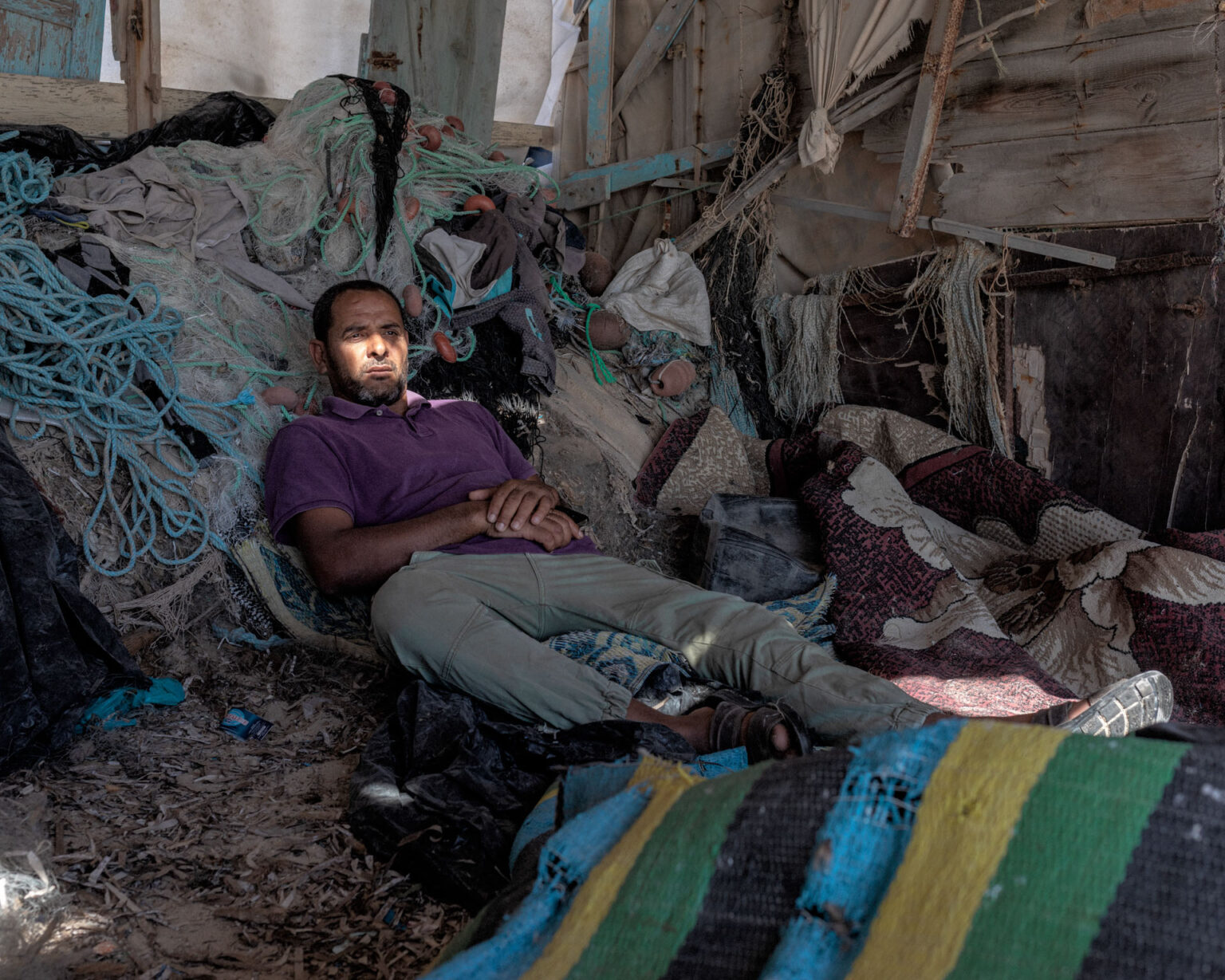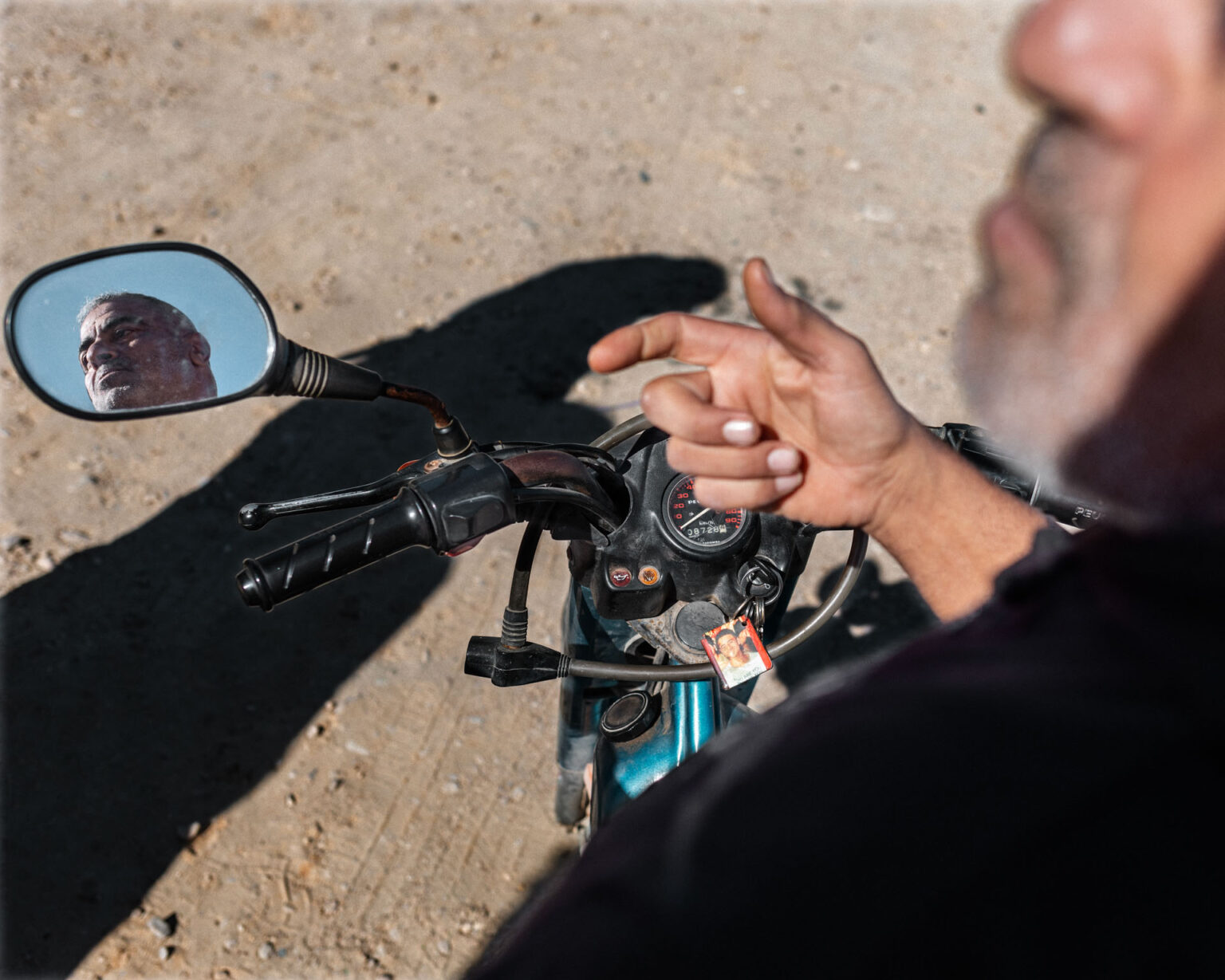MONEY AND REPRESSION IN TUNISIA
-
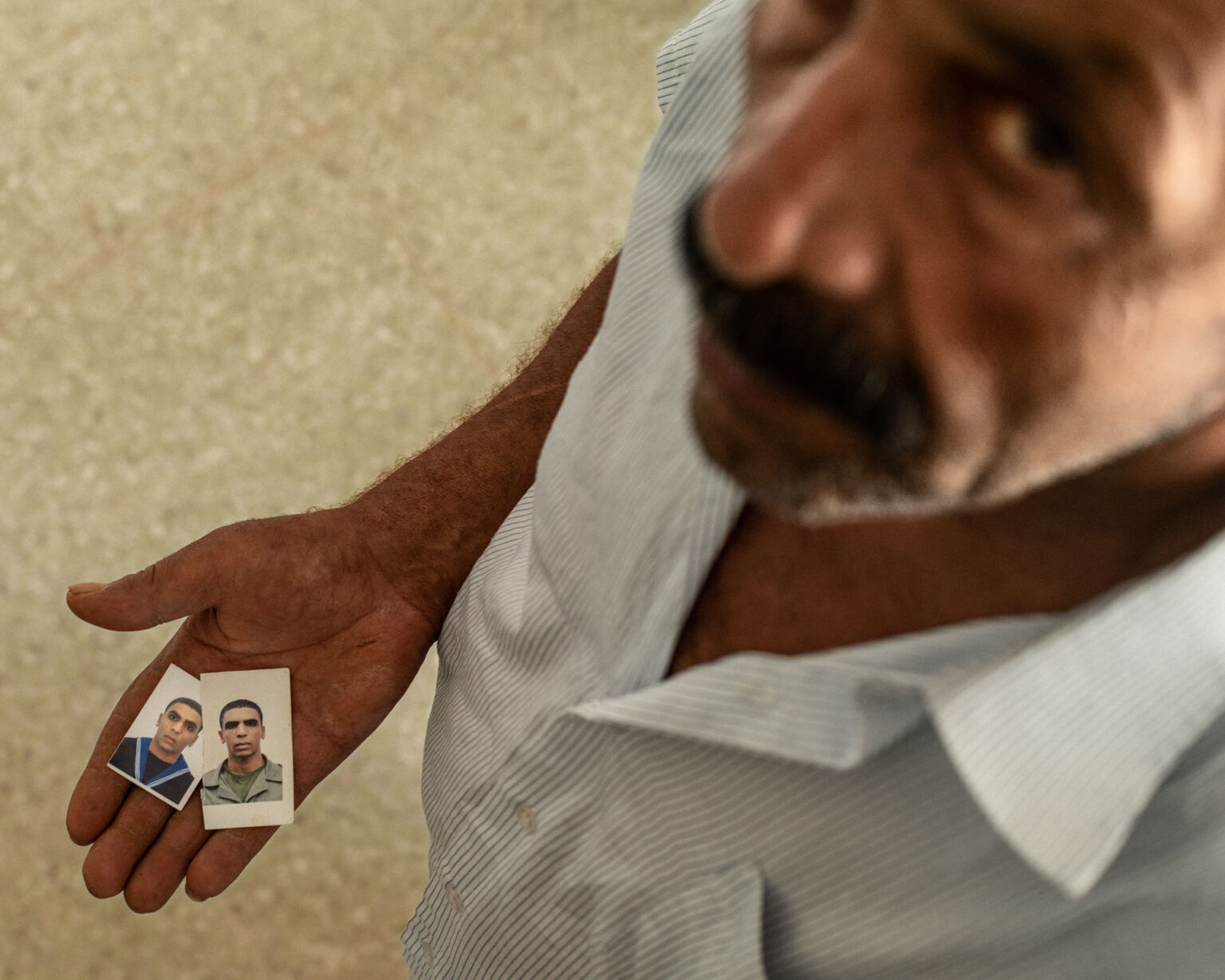
- Taher Guesni shows the pictures of his dead son. The son had been beaten by police, after being taken to hospital he died during an emergency operation.
-

- Chamseddine Baazaoui, 33 years-old, from Sfax. He sat in custody for two months in 2013 accused of terrorism and it followed by more than two years of court proceedings, with constant harassment by police, house calls, phone calls. An acquittal followed in 2016.
-
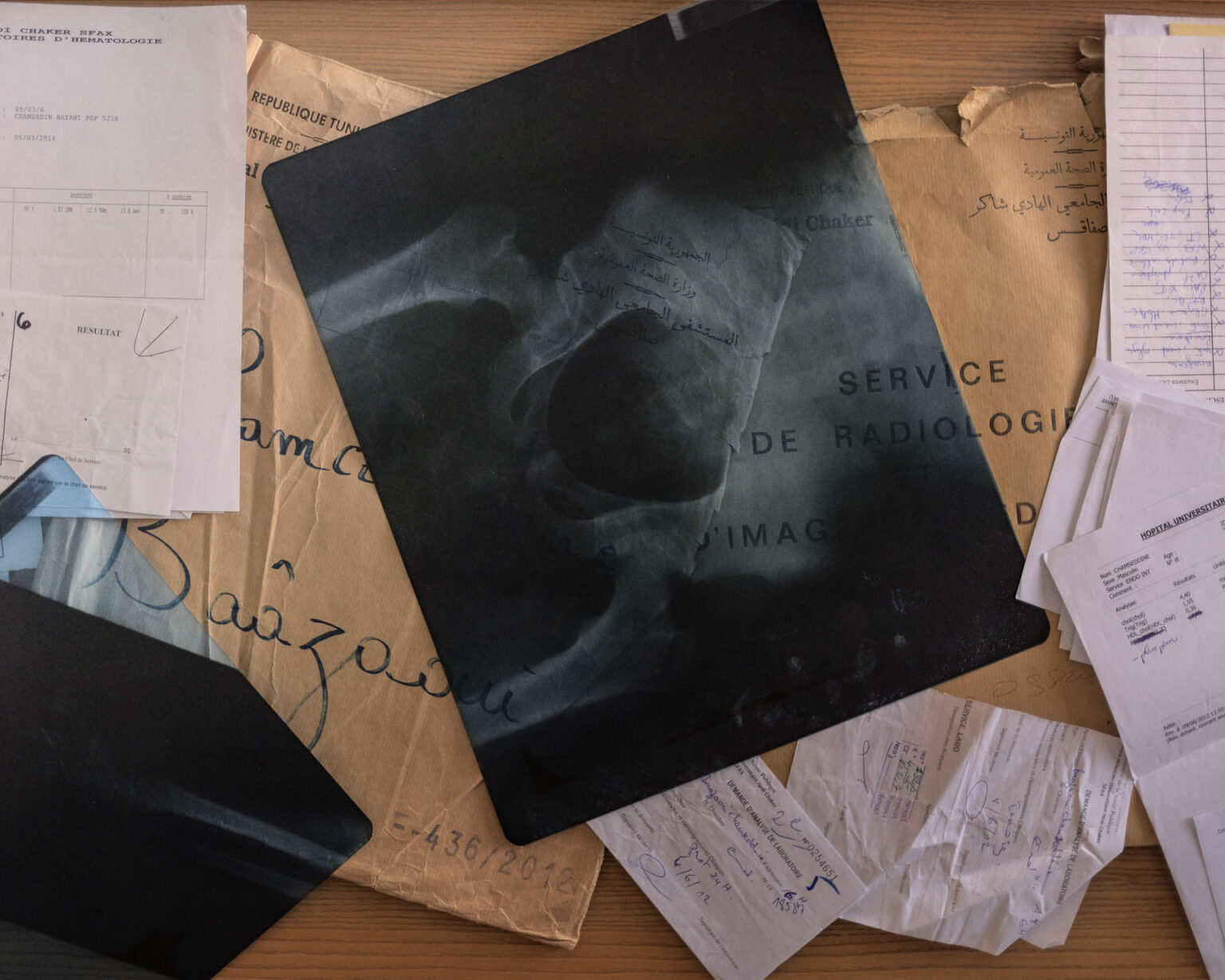
- Chamseddine Baazaoui’s medical records containing documents, x-rays and certifications proving the harassment and torture suffered by the police.
-
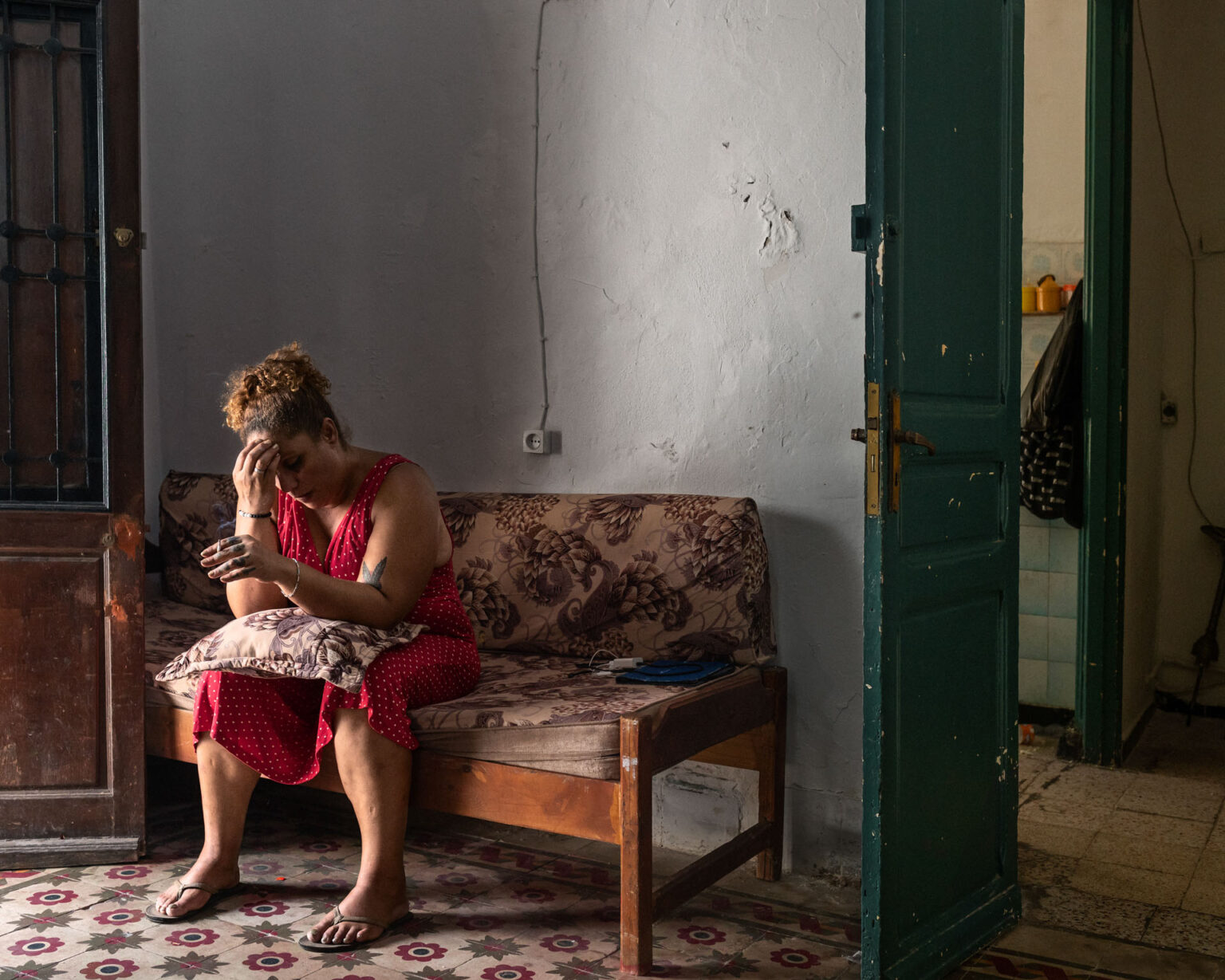
- On January 24, Amel Megri was taken with her two children to the police station and arrested. Four policemen entered her flat saying they knew Amel was selling drugs. After searching everywhere and destroying even the furniture, they found nothing. She was insulted and threatened by the police in front of her children.
-
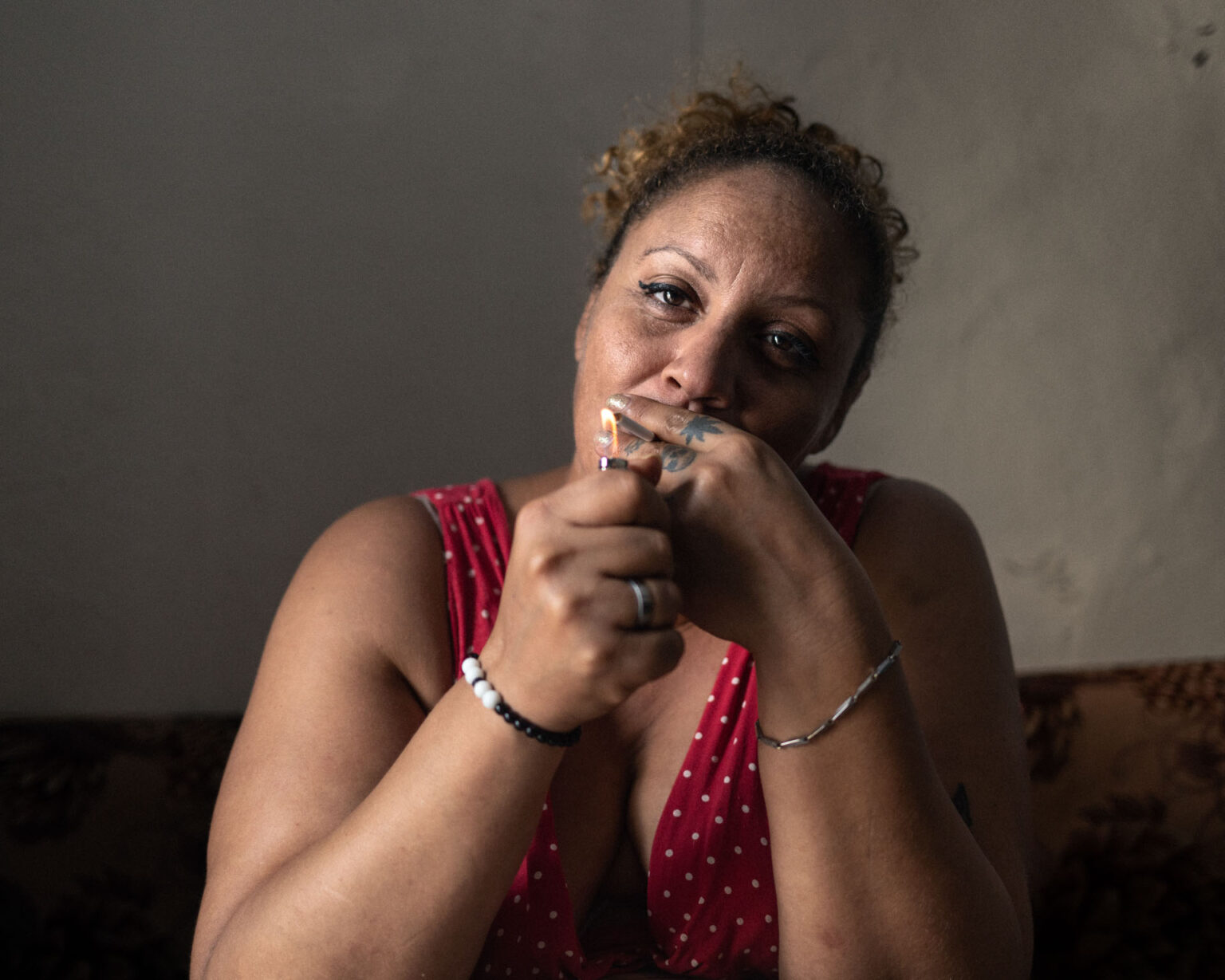
- On January 24, Amel was insulted and threatened by the police in front of her children. Four policemen entered her flat saying they knew Amel was selling drugs. After searching everywhere and destroying even the furniture, they found nothing. Amel was taken with her children to the police station and arrested.
-
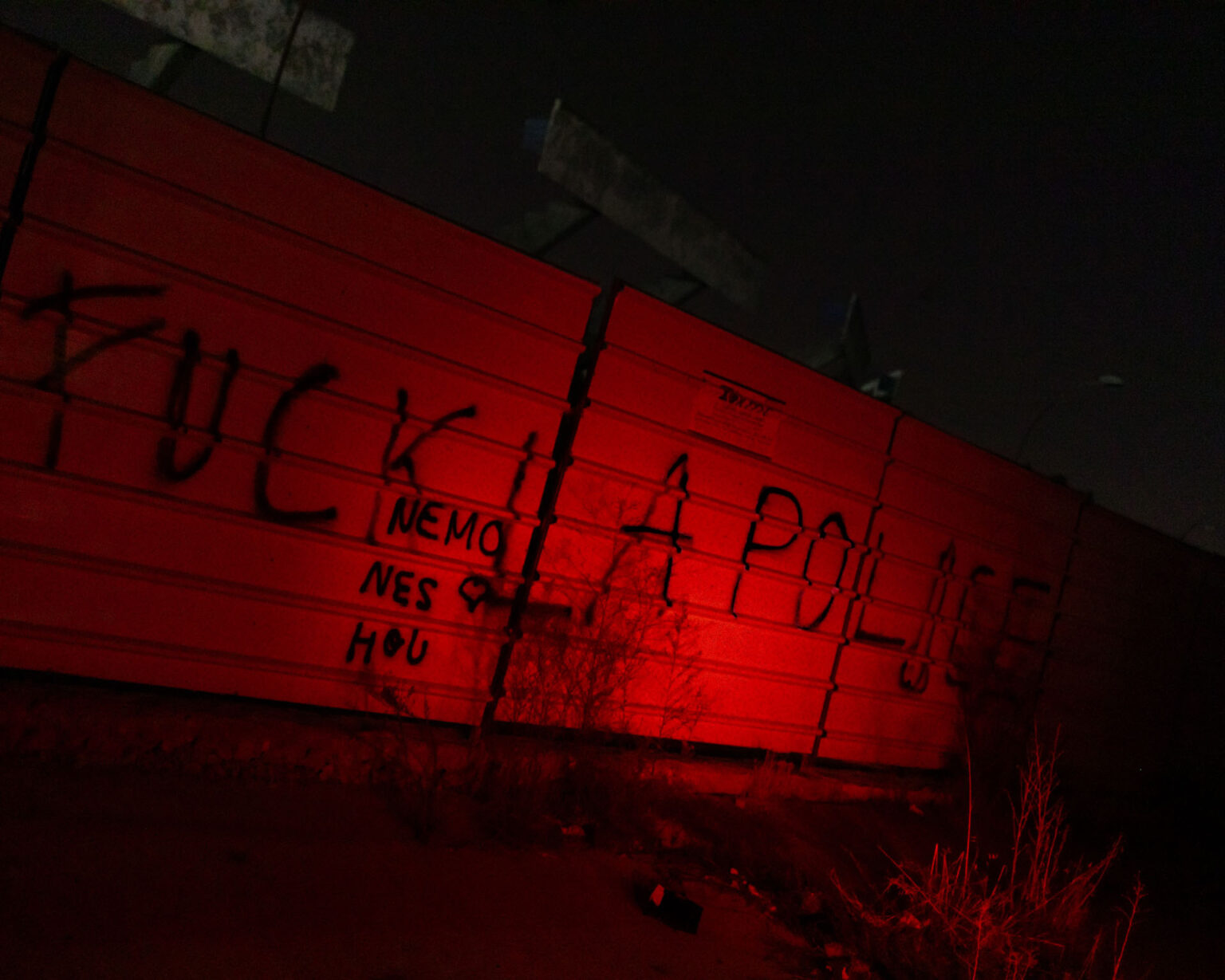
- An inscription against the police on the wall of the stadium in Tunis. There is a lot of graffiti and writing against repression in Tunisia, street art can be punished with four years of dentition.
-
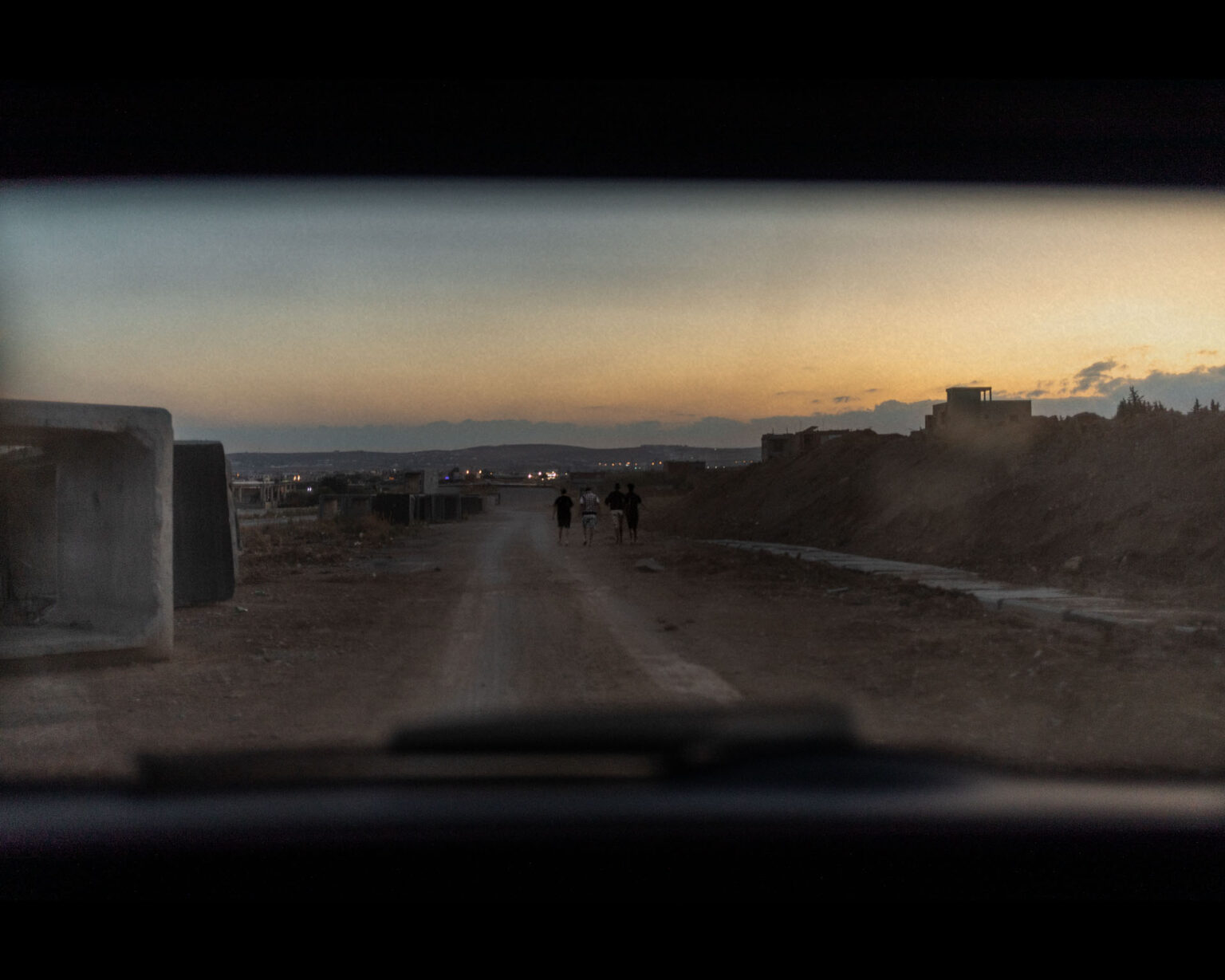
- Some young men are walking on the dirt road leading to the hill overlooking Tunis in the north-west. They are joining their group of ultras for a demonstration. Clashes between supporters and officers are very frequent, there is continuous police repression against the ultras movement.
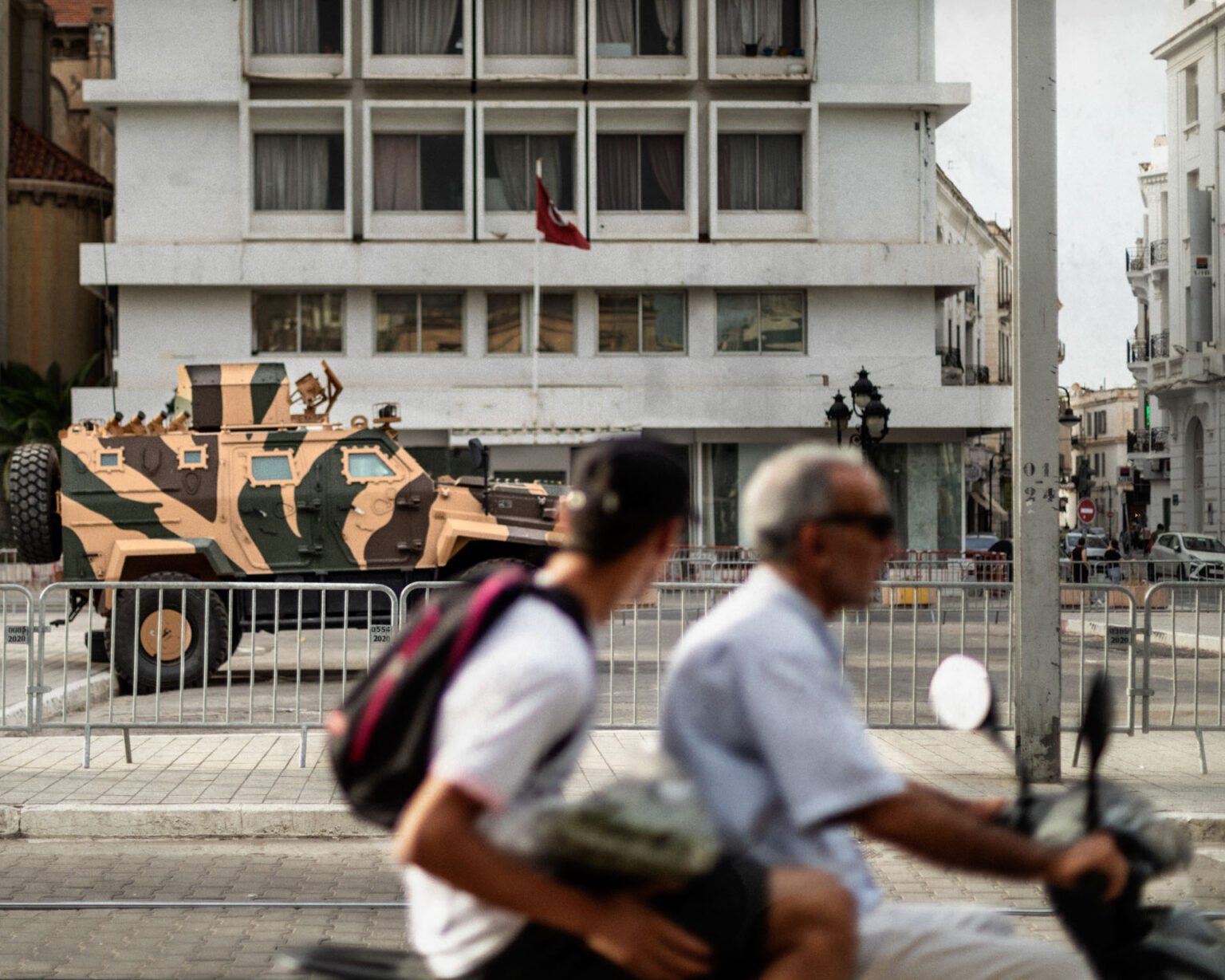
Since Tunisia’s 2011 Revolution for Dignity and Freedom, the European Union and its member states have invested hundreds of millions of euros in the country’s security sector. The goal was to support democratic reforms, dismantle the oppressive apparatus built under former dictator Zine El-Abidine Ben Ali, and promote a new democratic system.
More than a decade later, Tunisian and international civil society groups continue to report police abuses, including cases of violence, torture, and suspicious deaths. These accusations persist into 2024, with the Interior Ministry remaining at the center of controversy.
In a political climate increasingly marked by authoritarianism—set in motion after President Kais Saied’s power grab on July 25, 2021—state and police repression has expanded to target political opposition. In early May, a wave of arrests swept through civil society, affecting lawyers, journalists, and activists. Observers fear this may only be the first stage of a broader crackdown in the months ahead.
Money and Repression in Tunisia is a photographic exhibit showcasing the faces of men and women who have suffered institutional oppression. Some victims share their own stories, while others recount the experiences of loved ones lost to violence—a reality often ignored abroad and tolerated at home.
Many now argue that repression in Tunisia has become systematic. Some go further, labeling the country a police state.

